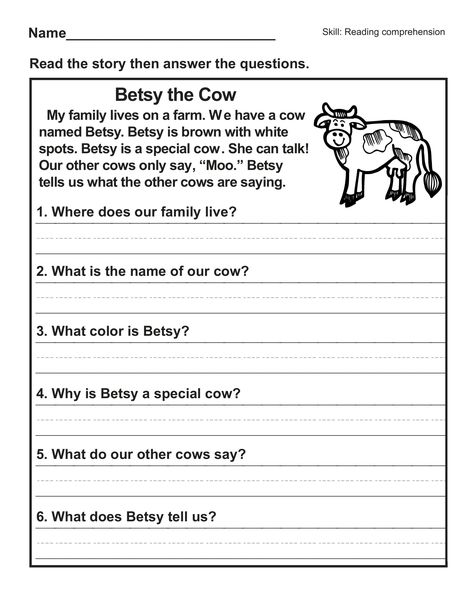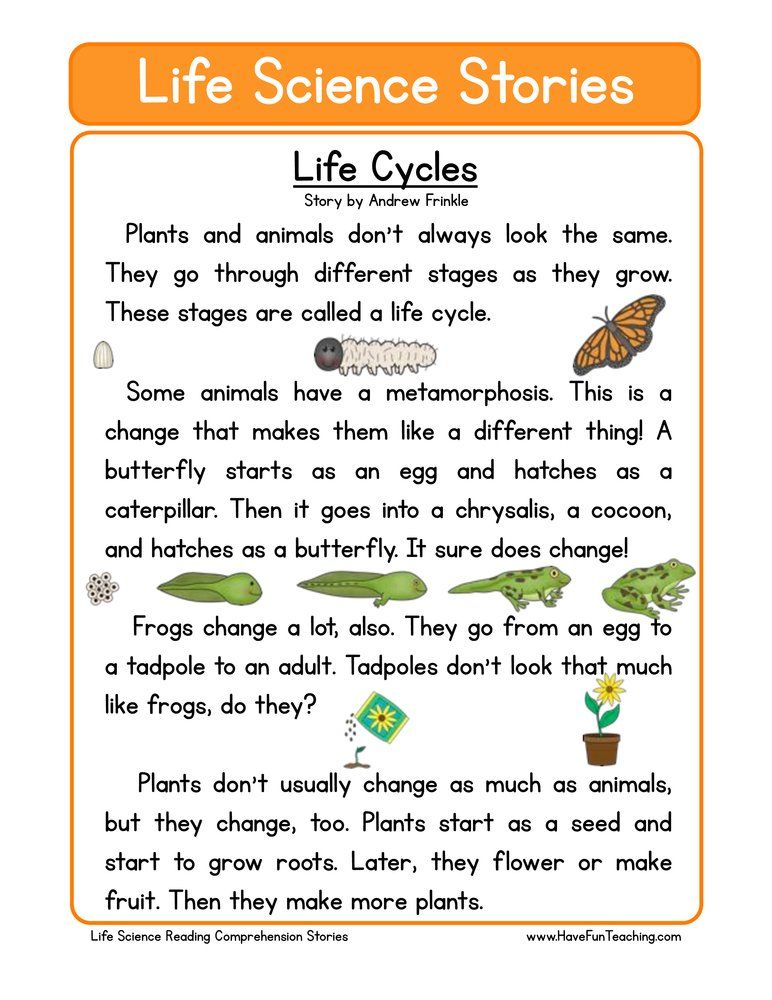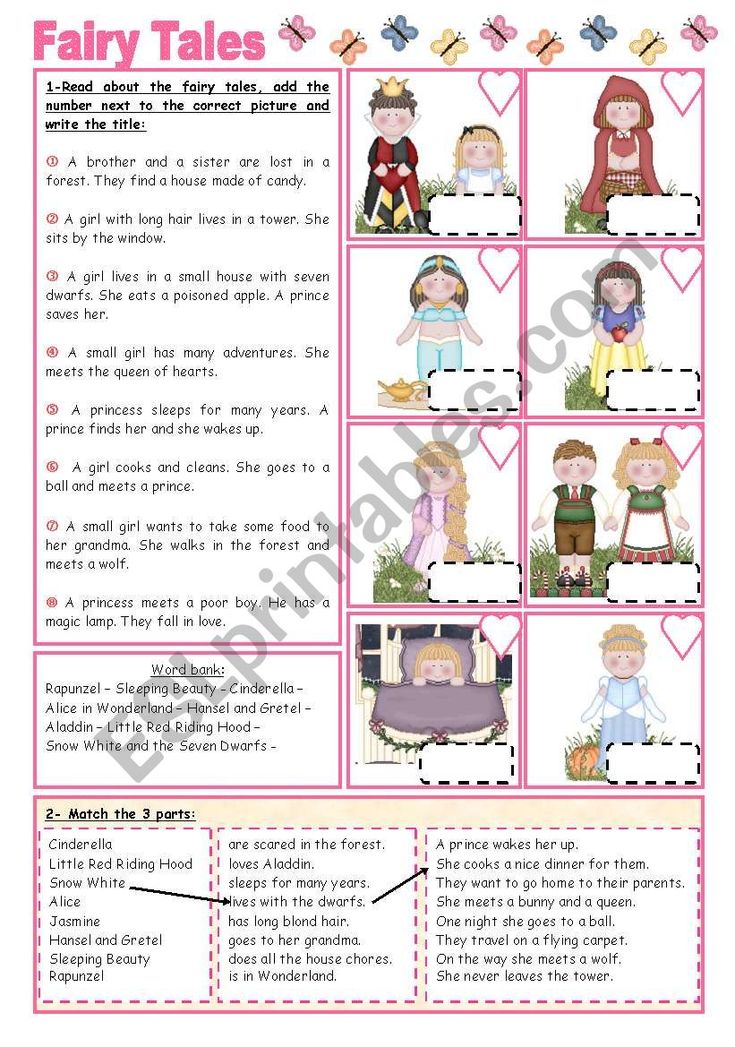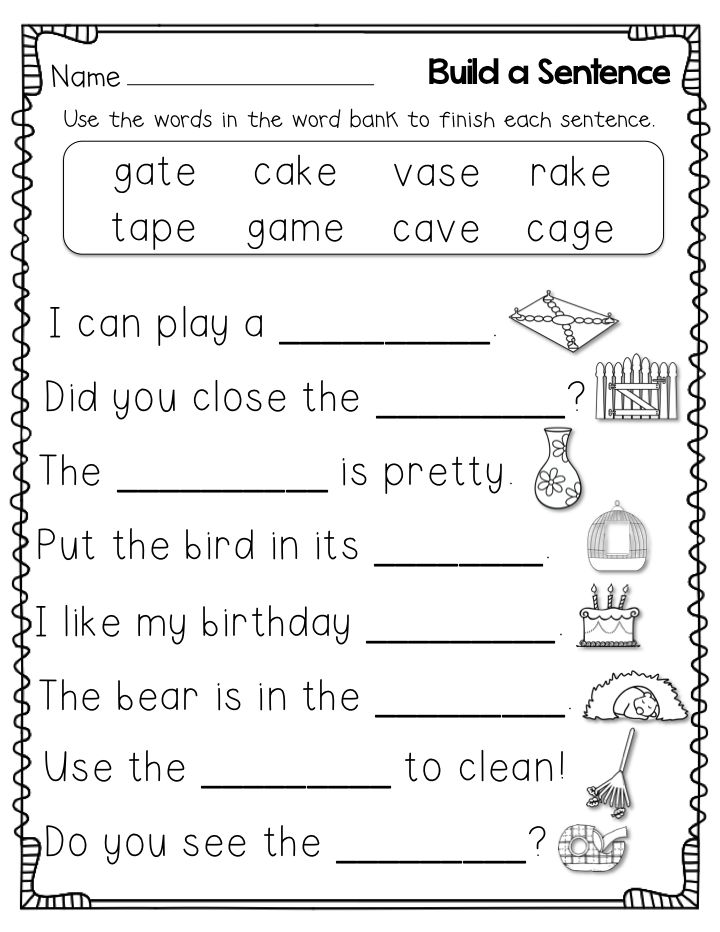Teaching infant to read
How To Teach Your Baby To Read
Having the ability to read well is vital to a child growing up today. Learning about the world and expanding the horizons of that world is easy when a child loves to read. Children who get an early start never look back.
Can Babies Really Learn to Read?
Babies are linguistic geniuses. They absorb language from birth onward effortlessly. The baby quickly starts to understand words. We can present those words orally, as we normally do, but also visually. The baby will absorb words and comprehend those words if we present them in a way that is appropriate for brain growth and development.
Why Teach Your Baby to Read?
It’s Easy
The younger your child is, the easier it is to learn. Parents are the best teachers for their children. It only takes a few minutes a day to change a child’s life.
It’s Fun
Children love to play with their mother and father. Learning is the highest form of play to a child. Parents love to see what their children really enjoy and to help them pursue it.
It Develops Language
Babies can often read words long before they can speak. These words expand their vocabulary and stimulate the language areas of the brain.
It Grows the Brain
The brain is growing fastest in the first few years of life. The brain grows by use. Reading is an excellent way to grow the visual pathways of the brain.
It Makes a Child “School-Proof”
When a child goes to school already reading well, good teachers applaud and encourage the child. When the child has a poor teacher, reading independently will help the child to make up for this.
It’s Important
Reading is essential to life. Book worms are life-long learners. It enriches their life. They learn better, faster, and with more enthusiasm. A child who can read independently has opened up the world of learning.
How Do I Teach My Baby to Read?
Our reading program is not a first-grade curriculum imposed upon an 18-month-old.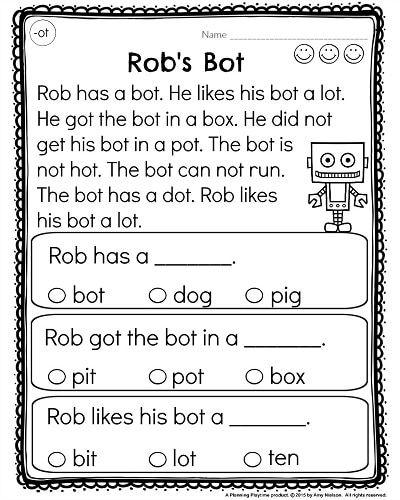 Instead, it is a carefully designed program with the frequency, intensity, and duration that is appropriate for the brain growth and development of the baby or young child.
Instead, it is a carefully designed program with the frequency, intensity, and duration that is appropriate for the brain growth and development of the baby or young child.
- This is a relaxed, joyous process where parents learn to be sensitive to how the baby learns and how to feed that happy hunger.
- Mother learns what her child enjoys and creates a unique reading pathway just for her child. This brings mother and child closer together.
- Teaching a baby begins with understanding why babies and young children learn the way they do.
- When parents understand the philosophy, the techniques are simply common sense.
- Parents who skip the “why” often do not succeed.
Focus on Timing
Timing is everything for the baby. Mother must choose those moments of the day when the baby (and mother) are happy, well fed and alert. The morning time is golden for the baby.
Create a Learning Environment
A quiet environment without distractions and noise are essential.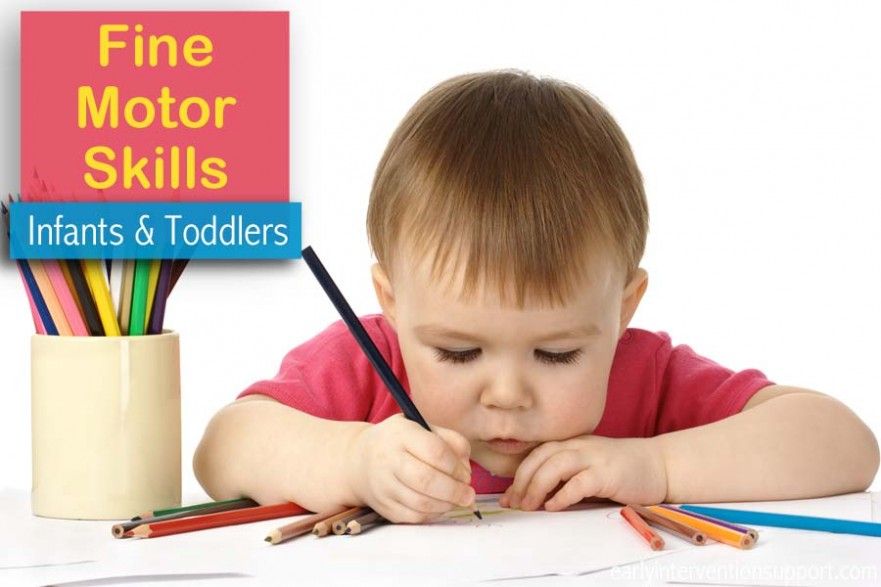 The baby has superb attention, interest, and concentration for everything in the environment–so everything is competing for that attention.
The baby has superb attention, interest, and concentration for everything in the environment–so everything is competing for that attention.
Avoid Devices
Yes, there are many apps or tablets with words now, but an app is not mother and it is not father. The thing your child wants most is your attention and your enthusiasm.
Be a Teacher
Your child will spend the rest of his or her life in front of a screen. You only have a few short years – right now – to be together and enjoy each other in a meaningful way.
Focus on Timing
Timing is everything for the baby. Mother must choose those moments of the day when the baby (and mother) are happy, well fed and alert. The morning time is golden for the baby.
Create a Learning Environment
A quiet environment without distractions and noise are essential. The baby has superb attention, interest, and concentration for everything in the environment–so everything is competing for that attention.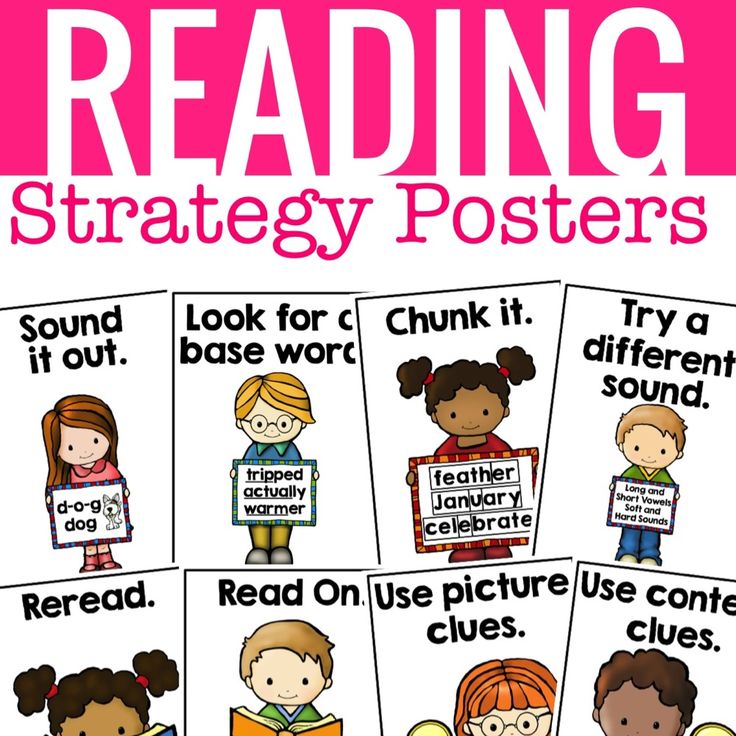
Avoid Devices
Yes, there are many apps or tablets with words now, but an app is not mother and it is not father. The thing your child wants most is your attention and your enthusiasm.
Be a Teacher
Your child will spend the rest of his or her life in front of a screen. You only have a few short years – right now – to be together and enjoy each other in a meaningful way.
Try an Experiment
If you need more proof that your child is ready to start reading, try this quick and easy activity. For this experiment, you only need a large, red marker and white poster board cut into 6” by 22” strips.
In very large, clear print, write the names of 10 objects in the house (window, refrigerator, door, wall, picture) – whatever seems most interesting. Hang the word cards around the house in the appropriate places.
Now take a tour and tell the baby, with enthusiasm, what each label says. Take this tour 2 or 3 times a day.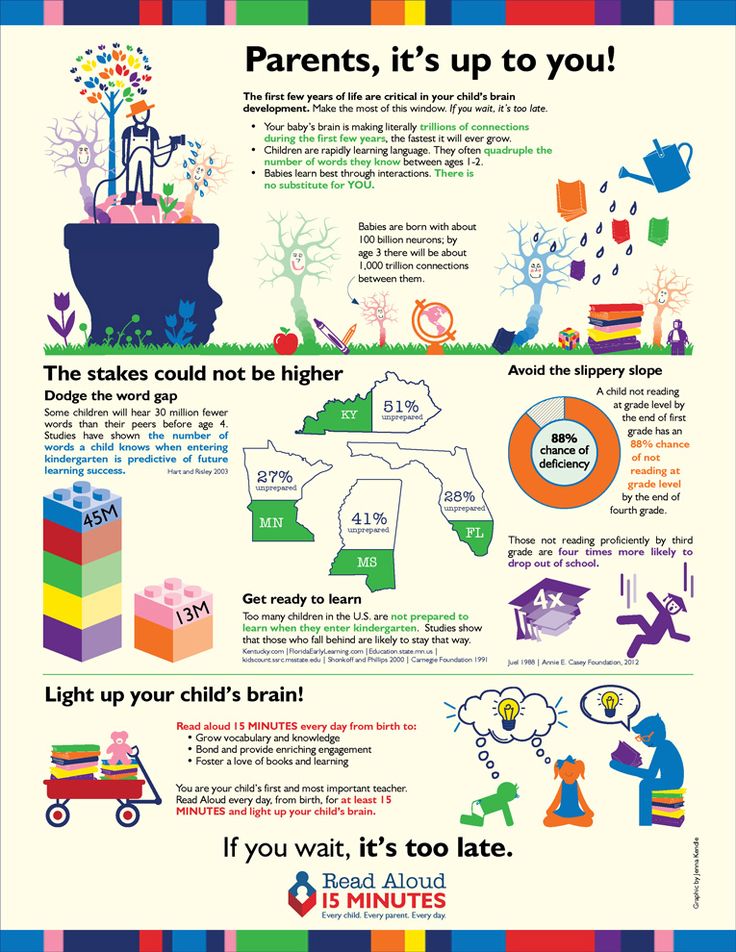 After 5 days put those words away. Change all the labels and observe what happens.
After 5 days put those words away. Change all the labels and observe what happens.
What Parents Say About Us
Would Recommend
“I employed your method on my granddaughter at age 2 and she could read the Reader’s Digest at age 3. Currently she is an “A” student in Los Angeles schools at age 16. I recommend your book to all young mothers.”Mother, California, USA
The Impossible Is Possible
“You have done the impossible. Six months ago, if someone had said that my 2-year-old son could be reading by 3, I would have said, “Impossible.”Mother, Louisiana, USA
Empowering
“I have a master’s degree in education, but what is taught at The Institutes is unique, useful, and life-changing. The program empowers parents by giving them the tools to teach children at an early age.”Mother, Pennsylvania, USA
Happiest Discovery
“My 4-year-old boy was so hungry for this he learned 10 words on the first day and didn’t want to quit to sleep – was up again at 6 a.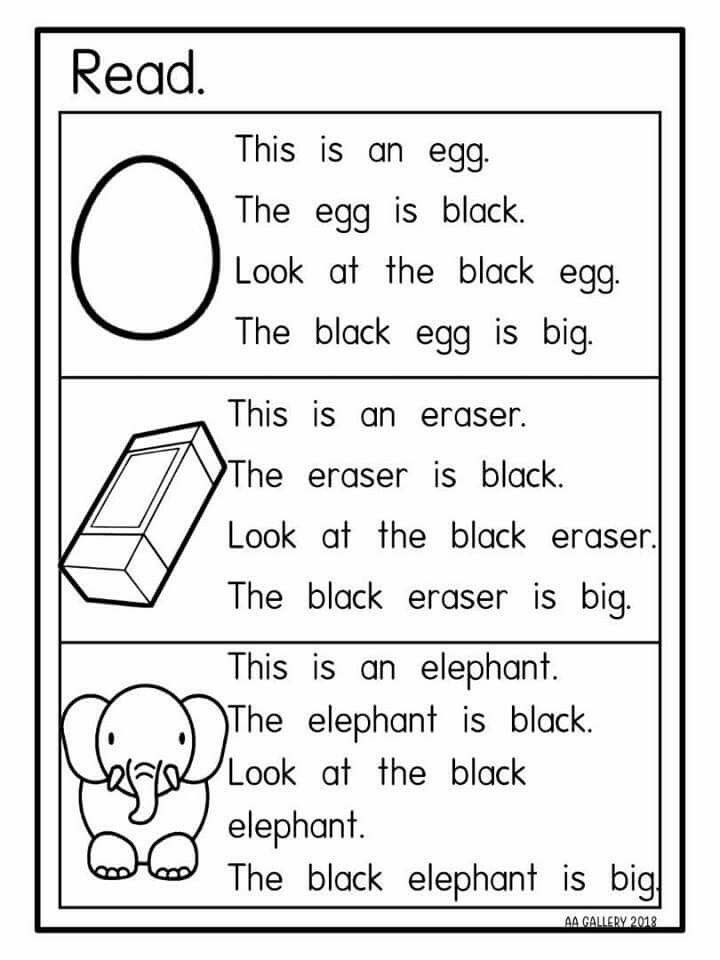 m. ready to continue the next morning. This is the happiest discovery in my career as a mother! I only wish I had had this with my 3 older children.”
m. ready to continue the next morning. This is the happiest discovery in my career as a mother! I only wish I had had this with my 3 older children.”Mother, St. Johns, Arizona, USA
Terrific!
“I first read How To Teach Your Baby To Read when our son was 14 months old. We got a slow start into it, but at 18 months he started to speak clearly and I finally began to realize that he was retaining it all! Terrific! We are real excited about it all! Thank you for opening our minds.”Mother, Falls Church, Virginia, USA
Thoroughly Delighted
“I have read your book entitled How To Teach Your Baby To Read and am thoroughly delighted with the results I’ve had with my 35-month-old daughter. I began teaching her only 4 days ago and she is grasping the words at a phenomenal rate! I may be prejudiced since she is my daughter, but this program is really exciting!”Mother, Orem, Utah, USA
First In His Class
“We successfully taught our first son to read at an early age, using your book, How To Teach Your Baby To Read.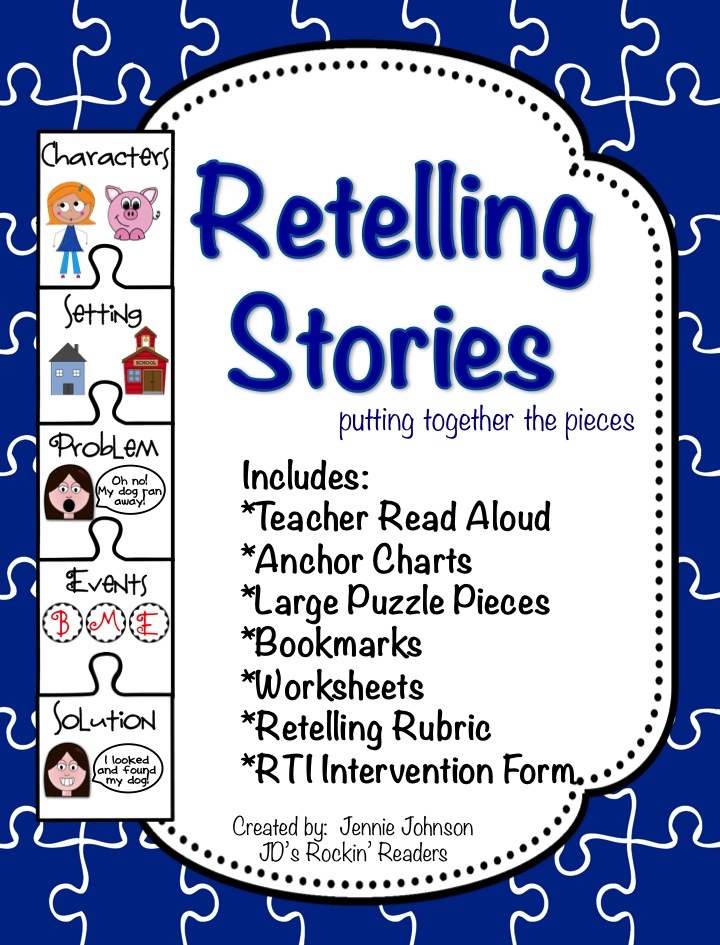 He could read books at two and a half. In first grade, he tested first in his class, with a fourth-grade reading and comprehension level.”
He could read books at two and a half. In first grade, he tested first in his class, with a fourth-grade reading and comprehension level.”Mother, Picton, Ontario, Canada
Opened A New World
“I wanted to thank you so much for opening an exciting world to my children. When my son was 3 years old, I read your book How To Teach Your Baby To Read. Very suspiciously I began the program you outlined. Six months later, Aaron was reading a vast amount of vocabulary words. But much more to my surprise, his sister (one and a half) had learned right along with him.”Mother, Falls Church, Virginia, USA
Previous
What Tools Can I Use to Teach My Baby?
Featured Book
How To Teach Your Baby To Read
Since 1963, when the first edition of this ground-breaking book was published, millions of parents around the world have read the book and countless babies have been started on a pathway to intellectual excellence as a result. Of course, we have updated it along the way. The third and latest edition covers everything you need to know to understand why it is so important to teach your baby and the common sense program to do so.
Of course, we have updated it along the way. The third and latest edition covers everything you need to know to understand why it is so important to teach your baby and the common sense program to do so.
Learn More
Featured Program
The Deluxe Program
The Deluxe Program contains what you need to get started teaching your child to read:
• Large word cards suitable for an 18-month or older (for younger children, you can start by making the cards yourself)
• The children’s book Enough, Inigo, Enough
• A Certificate of Achievement to award on the day your child reads the first book!
To guide you through the program, you’ll find both the book and DVD of How To Teach Your Baby To Read.
Learn More
Visit Our Store
You Can’t Teach Baby to Read, Studies Say. Do These Instead
by Maria Aurelia “Chacha” Tumbokon
Products Claim Babies Can Read
You’ve seen the pitch, DVDs and book packages that cost more than $100 will teach your months-old baby how to read.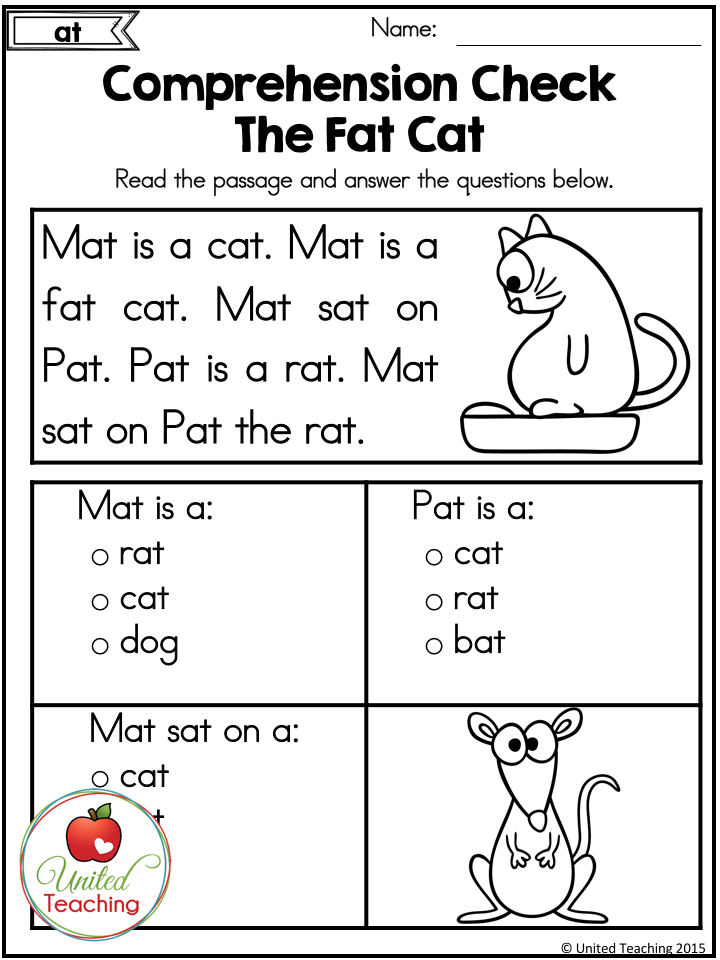 The sellers of these DVDs claim that their learning system for babies and toddlers take advantage of a young brain that can “effortlessly learn and absorb mass amounts of information” – and they even have videos and anecdotal stories to prove it. “Your Baby Can Read” and the “BrillKids Learning System” are examples of these products.
The sellers of these DVDs claim that their learning system for babies and toddlers take advantage of a young brain that can “effortlessly learn and absorb mass amounts of information” – and they even have videos and anecdotal stories to prove it. “Your Baby Can Read” and the “BrillKids Learning System” are examples of these products.
In the last few years, some of these products received complaints from the FTC and class-action lawsuit threats for “deceptive advertising”. Despite these, the creators of the program still insist that their products work, and many parents willingly fork over cash and strive to work with their babies to follow the program instructions.
What are the purported benefits in teaching baby to read?
Parents believe that being able to make their babies read words give their children a head start in literacy. Indeed, leaning to read is a great skill that makes it possible for a child to learn what he or she wants to. Parents believe that by making their babies early readers, their children will be ahead of other kids in intellectual development, and consequently in success in life.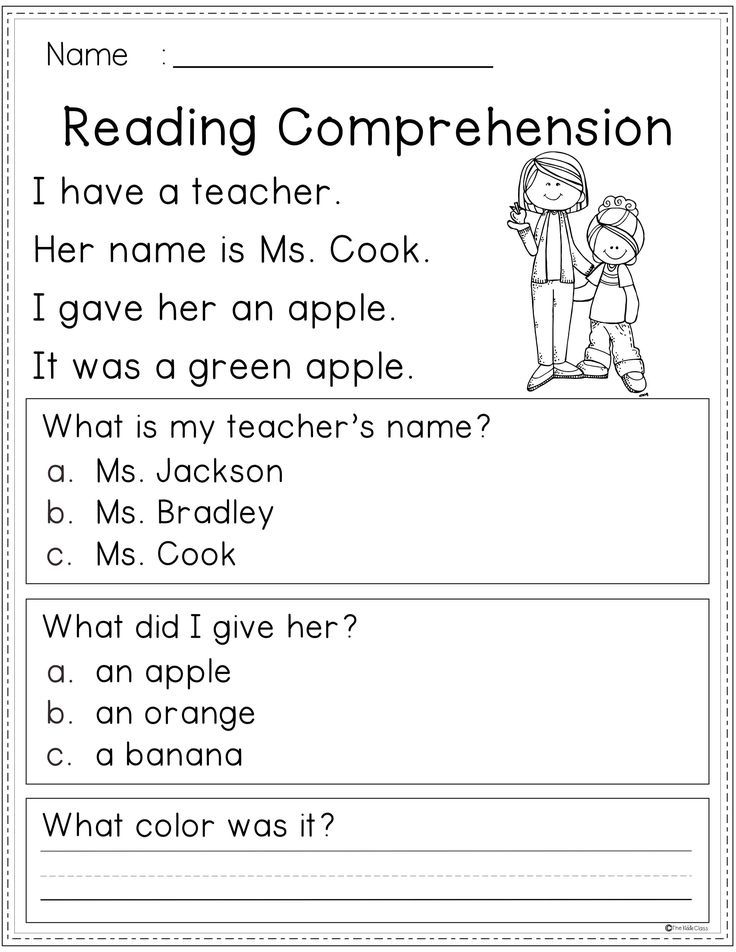
“Tiger parents” also believe that kids learning to read words early will provide stimulation that will accelerate brain development. This, so far, is not supported by science.
Other parents just want their babies to master the feat of reading words, which will make them proud, and will be a source of affirmation that they are parents who are bringing up talented children. It will also a great feeling to show off their babies’ skills to friends and relatives.
Some parents, having limited time they can devote to their babies because of their work, face pressure to make the most of their “quality time” by attempting to “teach” them, instead of just sitting with them.
Can babies really learn to read?
A study by New York University compared a group of babies aged 10 to 18 month who used flashcards, DVDs and books to those that did not, and found that there was no difference in the reading ability of both groups. The researchers did not see a difference in recognizing letter names, letter sounds, vocabulary, words identified on sight and reading comprehension – skills that are associated with actual reading.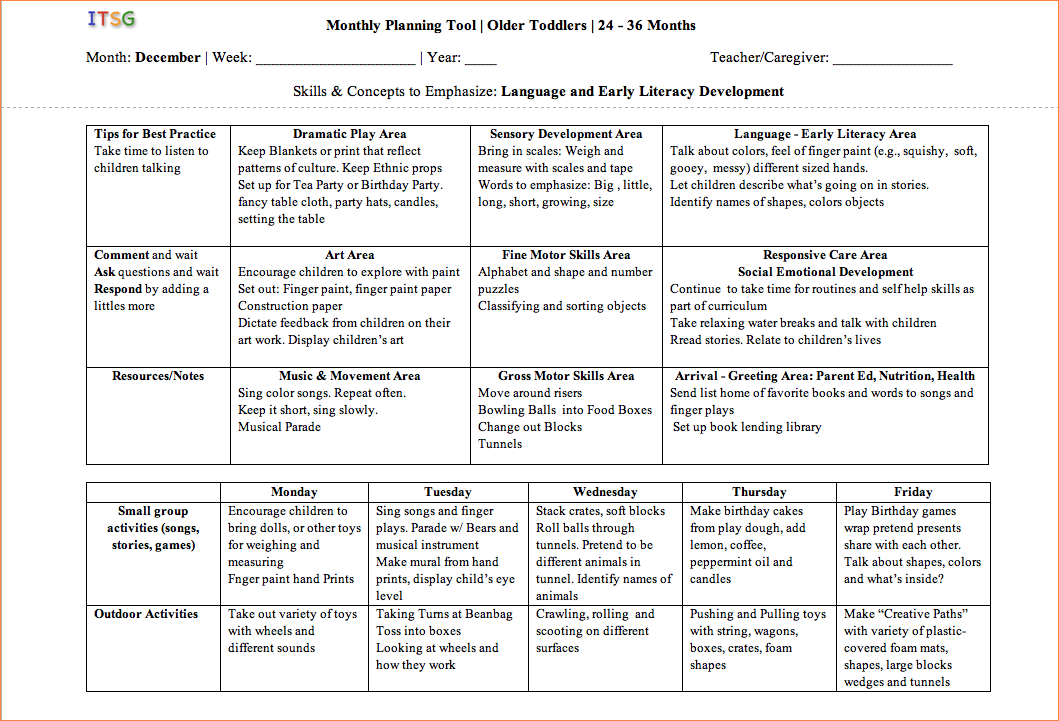 The only difference is that the parents of babies who used the reading product were convinced that their babies were actually reading.
The only difference is that the parents of babies who used the reading product were convinced that their babies were actually reading.
Susan Neuman, who led the research, doesn’t believe that babies can read, because the babies are not developmentally prepared to learn how to read. She thinks that the use of the baby reading products is a waste of time and money.
[You may not be able to teach baby to read, but here’s how you can teach your child to read early]
According to Wiley Blevins, an expert in teaching early reading, the earliest he has ever seen a child actually learn to read – combining letter sounds and putting them together into a word – is 4 years old. He says that what babies who are “reading” do is seeing words as pictures.
“It’s not what we in the academic community would say is reading because it’s not transferable.”, says Blevin, “It relies on what you’ve memorized,” Blevins says. “It could be a smudge on the page reminds them that it’s the word ‘cat.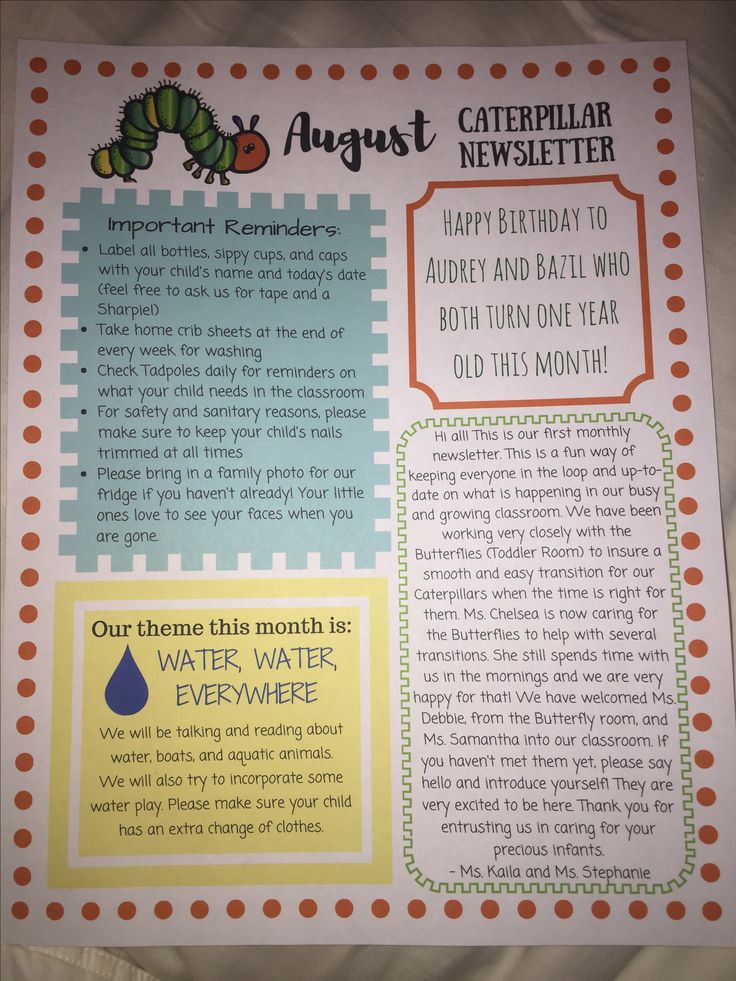 ’ ”
’ ”
According to play and parenting psychologist Dr. Amanda Gummer, “Proper literacy involves more than just reading — you also need comprehension and communication skills — ideally verbal and written. The big question for me is whether a comparable level of comprehension is developing at the same time.”
See also the list of best children’s books.
Why driving baby to read early may be harmful.
Dr. Gummer also fears that pushing a child to read early can put him or her off for good. If children concentrate on reading too early, other areas of development may suffer. She also fears that babies might be stressed when they should be having fun and learning through play.
Psychologist Professor David Elkind, is worried that very young children who are taught to master a tricky skill such as reading too early might not be able to cope, and their parents might send signals to children that they are failures.
Instead of Pushing Babies To Read, Do These Instead
It is understandable for parents to push kids to be the best they can be, starting with teaching them to read while still a baby.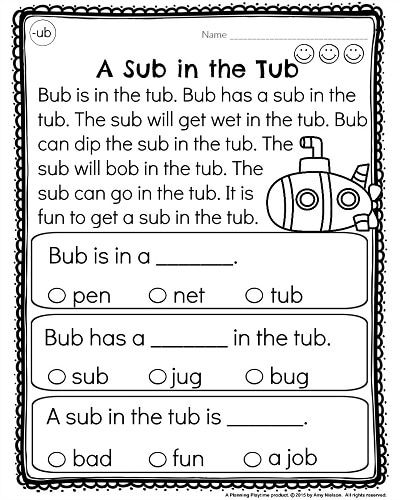 However child psychologists say that they are not developmentally prepared for it.
However child psychologists say that they are not developmentally prepared for it.
However, there are activities that deliver the same benefits – cognitive development, early reading skills and in the long run, reading performance – that parents are trying to give their babies when they try to teach them to read words early. These are activities with babies’ brains are ready for, and in fact are craving for:
- Read books to your baby – Reading books in a stress-free manner, and in a way that he enjoys promotes emotional bonding, and gives him a positive impression of reading. This results in encouraging him to read in a way that he is able to manage the pace of reading development himself.
According to a study published in Pediatrics, children who had been exposed to home reading showed significantly greater activation of a brain area that is “all about multisensory integration, integrating sound and then visual stimulation,” according to Dr. John S.
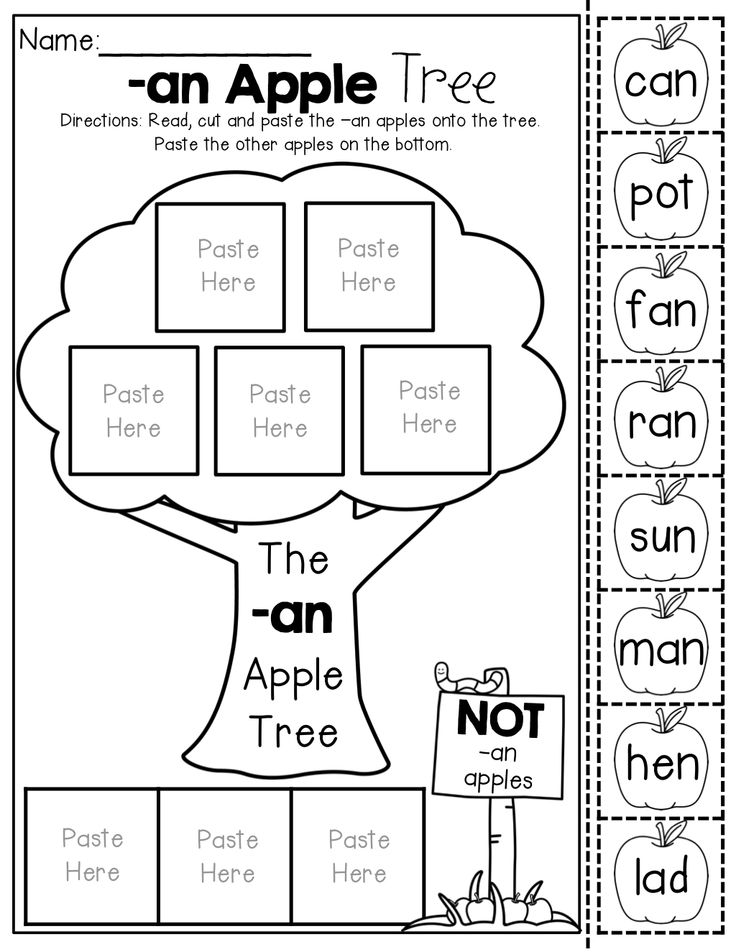 Hutton, the lead author and a clinical research fellow at Cincinnati Children’s Hospital Medical Center. Reading to your child builds brain networks that will serve him long-term when he transitions from verbal to reading, among other benefits.
Hutton, the lead author and a clinical research fellow at Cincinnati Children’s Hospital Medical Center. Reading to your child builds brain networks that will serve him long-term when he transitions from verbal to reading, among other benefits.Another study from the NYU Langone Medical Center suggests that the quantity and quality of book reading in early infancy predicts the size of a child’s vocabulary and early literacy skills like name writing, beginning sound awareness and early reading skills.
- Talk to and interact with your child – Talking to your child has a lot of benefits, among them is being able to build vocabulary and gaining actual understanding of words in their context.
Speaking to your baby fires up those important synapses in the part of her brain that handles language. The more words she hears, the stronger those mental connections get. That process can strengthen your child’s future language skills and her overall ability to learn.
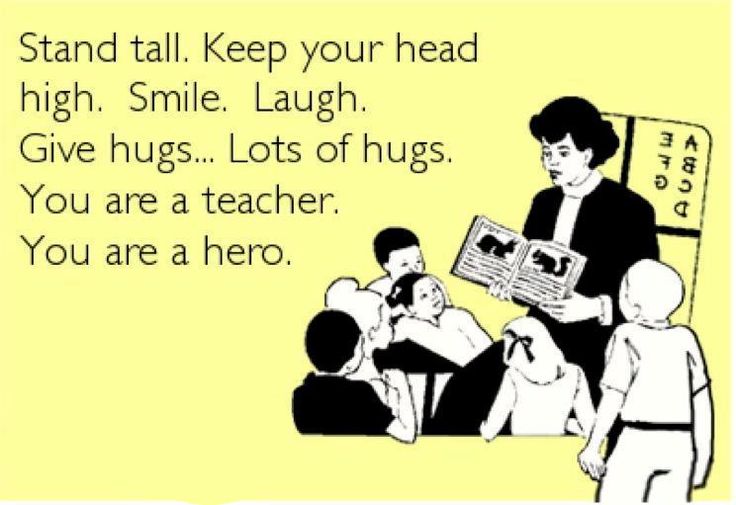
A study published in Pediatrics found that toddlers whose parents spend a lot of time talking and listening to them have better language skills and higher IQ a decade later. It also suggests that greater conversational turns are more important for developing brains than simply being exposed to words.
- Play with your baby and let your child play– Playing with your baby involves talking and engaging with him, which helps him develop early language skills and build his brain.
A 2007 study from the Seattle Children’s Hospital Research Institute and the University of Washington found that toddlers who played with blocks scored higher on their language assessment. The study’s authors theorized that block play may have replaced other activities that don’t encourage language development (such as television and baby DVDs) and may even improve attention capacity.
See also The Best Toys for Your One Year Old Baby
The Best Educational Toys and Gift Ideas for Children
Games for babies that build math skills.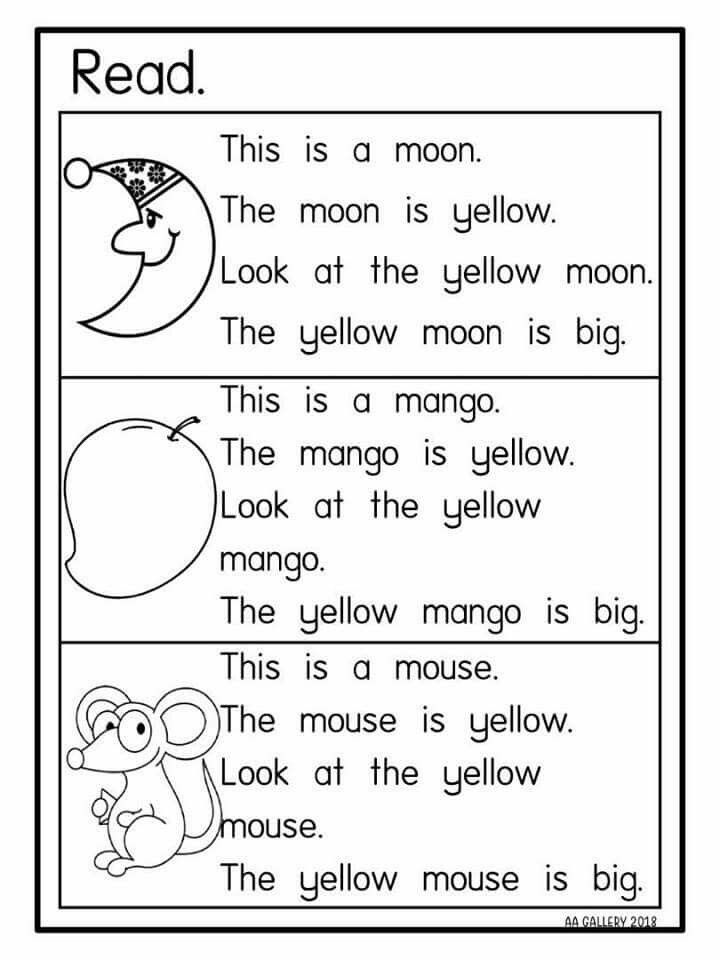
Teaching children to read
Every parent thinks about the importance and role of reading in the life of their children, who cares about their harmonious, correct and holistic development. But if in some families it’s enough for moms and dads to simply send their child to a kindergarten or school, shifting, but it doesn’t sound loudly, the responsibility on the shoulders of educators and teachers, then in others, caring parents prefer to work with kids on their own.
The information from this course is intended specifically for people of the second category, because those who belong to the first category are unlikely to search the Internet for relevant information. But let's continue.
Despite the great desire to teach your precious child to read as soon as possible, this process should be approached with maximum attention and caution, because there are subtleties and nuances that simply cannot be ignored. The fact is that contrary to popular belief that the sooner you start learning the basics of reading with your child, the better, many specialists (neurologists, child psychologists, etc. ) are convinced that this can lead to negative consequences in the future. For example, early learning to read with the accompanying premature stress on the visual apparatus often causes myopia and other vision problems.
) are convinced that this can lead to negative consequences in the future. For example, early learning to read with the accompanying premature stress on the visual apparatus often causes myopia and other vision problems.
Thus, it is very important to know at least the basic features of the formation of the child's body, when to start teaching children to read and how their readiness for this process is determined, as well as to adhere to the basic relevant rules. These fundamental questions will be considered by us in the first lesson.
Contents:
- How a child is formed. General information
- When can I start teaching my child to read
- A few words about the correct teaching of reading
- Basic rules for teaching a child to read
- A few additional recommendations
- Reading quotes from famous people
How a child is formed. General information
Here, as it should be understood, we will present only general information, because it will be sufficient.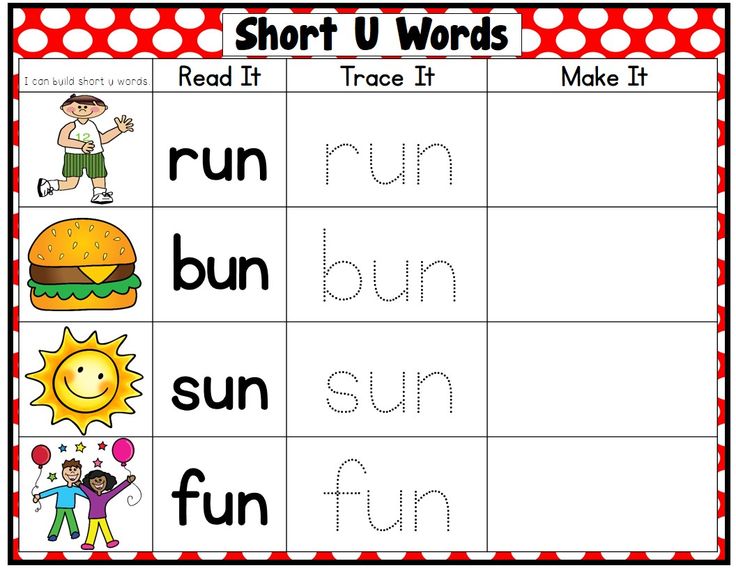
So, starting from the early stages of pregnancy and ending with the age of three, the first functional block of the baby's brain is formed, which is responsible for his bodily, cognitive and emotional perception.
From three to five or eight years of age, the formation of the second functional block of the brain takes place, which controls the five senses - touch, taste, smell, hearing and vision.
It should be borne in mind that the formation of the functional blocks of the brain is a sequential process. Any attempt by a parent to “skip” any stage negatively affects the development of the child, which is inherent in nature, because. unnatural "adjustments" are made to it. The insidiousness of the consequences lies in the fact that, quite likely, they will not affect immediately, but after years. Subsequently, an already matured child may have problems that are expressed not only in speech disorders, neuroses, motor failures, etc., but also in difficulties in relationships with people around them.
Based on this, it is necessary to start teaching a child to read at a certain time.
When to start teaching a child to read
There are several opinions on when to start teaching a child to read. Some experts believe that it is possible to start certain work, for example, showing Doman cards (we will talk about them and other methods in the second lesson), already after the baby reaches six months of age, while others believe that it is best to start at 3-4 years old , and from the primer. However, all teachers agree on one thing: no teaching of reading is completely unacceptable and impossible until the child has mastered speech skills. If, somewhere around the age of 3-4, the baby begins to take an active interest in books, it is not only possible, but also necessary, to start learning to read.
It is also worth noting that if you show restlessness and indifference to printed materials before learning, you should understand how to arouse the child's interest in reading. We will touch on this issue in more detail in a separate lesson, but nevertheless we will say that an incredible selection of books will help parents solve this problem, which, in addition to brightness and colorfulness, have many moving elements and even sound accompaniment. Thanks to this, reading becomes not only an interesting activity for children, but also an exciting game. At the initial stage, any book serves not so much as a source of knowledge, but as a way to get involved in the very process of reading.
We will touch on this issue in more detail in a separate lesson, but nevertheless we will say that an incredible selection of books will help parents solve this problem, which, in addition to brightness and colorfulness, have many moving elements and even sound accompaniment. Thanks to this, reading becomes not only an interesting activity for children, but also an exciting game. At the initial stage, any book serves not so much as a source of knowledge, but as a way to get involved in the very process of reading.
Continuing the conversation about the readiness of the child to read, it can be determined by several signs:
- Firstly, the baby has already formed speech, and he is able to pronounce words and sentences, as well as compose at least small coherent stories
- Secondly, the child has no speech therapy disorders, and this applies to both incorrect pronunciation and violations of melody and tempo and rhythm of speech
- Thirdly, the baby is able to navigate normally in space, and does not confuse the concepts of “right”, “left”, “down” and “up”
- Fourthly, the child has a sufficiently developed phonemic hearing, i.
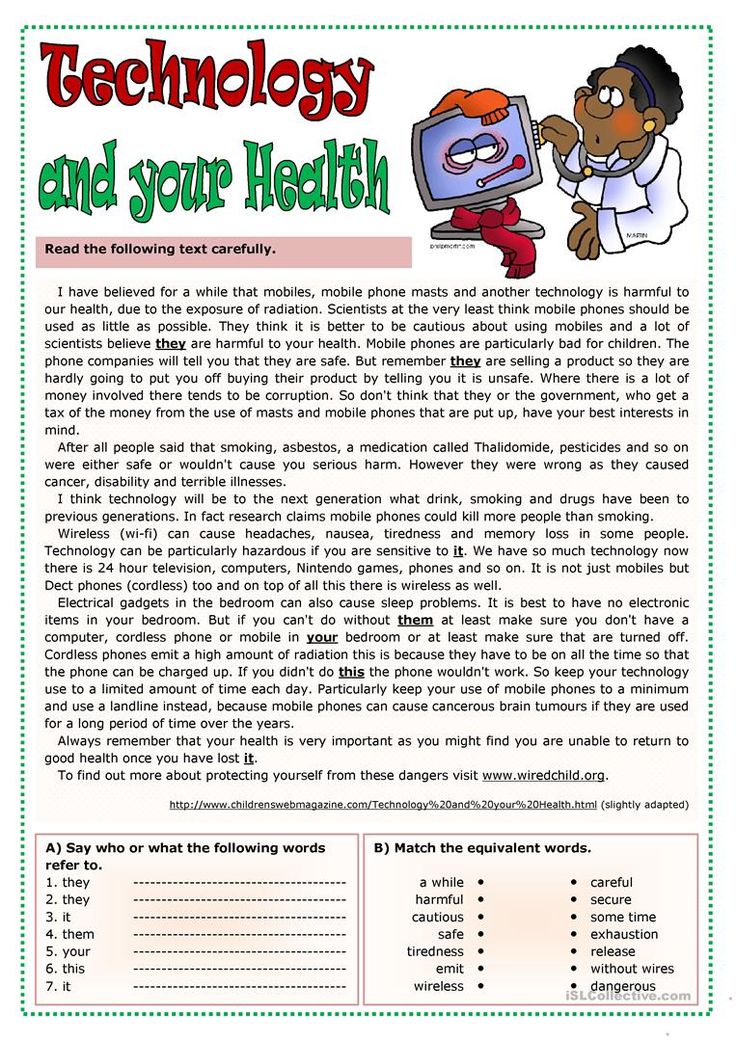 it can easily recognize sounds in different parts of words
it can easily recognize sounds in different parts of words
If there are problems with any of the above, you should take up their elimination - take some time to work out the difficult moments, visit a speech therapist, neuropathologist, etc. If everything is in order (or after fixing the problems), you can proceed to learning to read.
A few words about the correct teaching of reading
The presented question worries, perhaps, every parent. And the first answer to it will be the traditional method, which boils down to daily monotonous reading of the primer. But this option is not very effective, because almost always the child gets bored, he quickly gets tired and tired. Plus, he does not learn to read thoughtfully at all. Of course, the baby will learn some skills and knowledge, but it is a stretch to call it a good way of sensory-emotional development, knowledge of the world around him and his place in it. In order for the process to become exciting and creative, so that it arouses interest in the child, so that the reading skill is mastered effectively, you need to use other methods (we devoted separate lessons of our course to such methods, and for now we will not focus on them).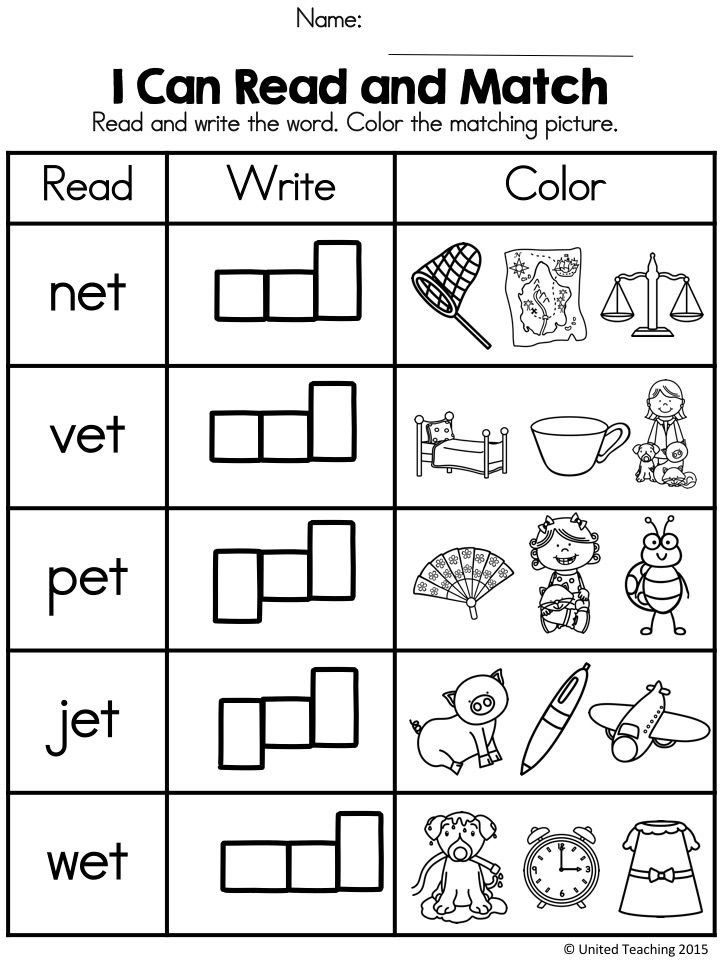
Before you start learning to read and apply any methods, it is imperative to learn the basic rules that you should rely on in your work. They can be called the basis of the whole process. Although slight deviations are allowed, it is still recommended to adhere to all the rules, otherwise the reading skill will be mastered by the child less effectively, which in no case should be allowed.
Basic Rules for Teaching Your Child to Read
So, if you want to help your child learn such an important skill as reading, follow these rules:
1
Do not force
Remember that you cannot force a child to read, and any such strategy is wrong, wrong and ineffective in advance. To make the child want to read and begin to show interest in books, just surround him with them. So, you can arrange books around the house - on shelves, tables and other easily accessible places. In addition, you yourself need to pick up books and read something interesting to your son or daughter.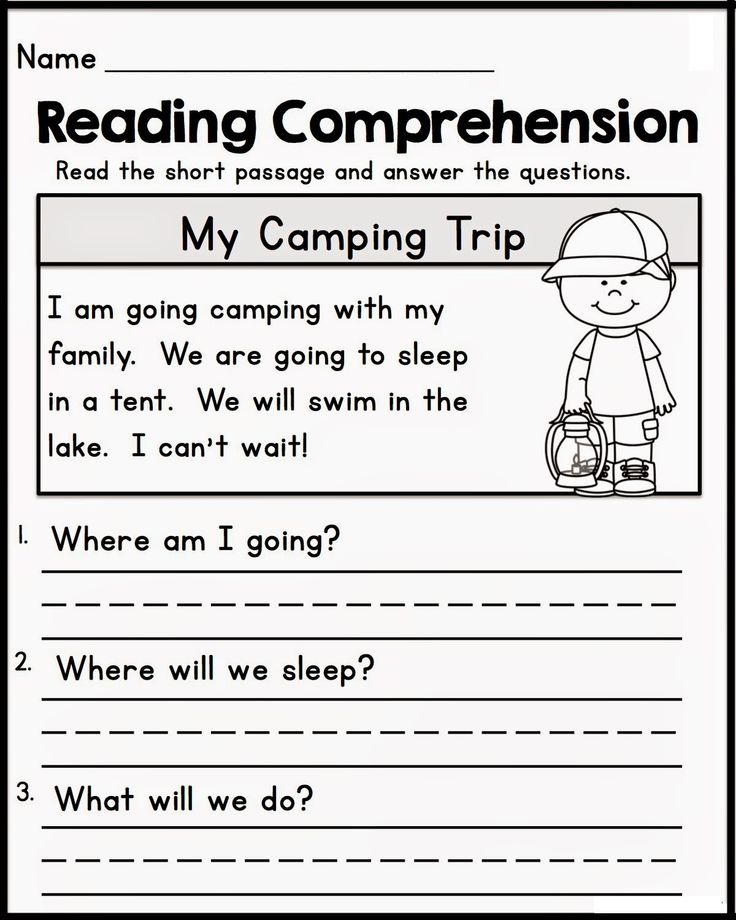 You also need to read for yourself so that the child can see you with a book. Given that children strive to be like their moms and dads, your child will most likely ask what you are doing, or pick up a book himself.
You also need to read for yourself so that the child can see you with a book. Given that children strive to be like their moms and dads, your child will most likely ask what you are doing, or pick up a book himself.
2
First the sounds, then the letters
Many parents make a big mistake by first explaining the pronunciation of the letters to the baby, and only then the sounds. It is necessary to do the opposite: first of all, it is important to tell what sound this or that letter in the word has, and only then - how it is pronounced by itself. Those. initially explain that the letter "er" in the word sounds like "r", "en" - like "n", "em" - like "m", etc. And after that, teach that “er” is “er”, “en” is “en”, “em” is “em”, etc.
3
Learn not letters, but syllables
It must be understood that syllables, and in some cases even whole words, are assimilated by children much better than many single boring letters. Therefore, the letters must be shown in whole words. As an auxiliary material, you can use specially printed cards with syllables, with the help of which it is convenient to teach the baby to read by syllables and make words.
As an auxiliary material, you can use specially printed cards with syllables, with the help of which it is convenient to teach the baby to read by syllables and make words.
4
Repetition
The frequency of repetition of the material studied with the child depends on how well he will remember and assimilate it. However, there is one trick here - many kids do not really like it when they are satisfied with checks and tests, and therefore repetition as a teaching method must be presented in the form of a game.
5
First simple, then complex
As we said, initially it is most effective to teach a child to pronounce sounds, and only then complicate the process - move on to reading by syllables and combining syllables into words. All information should be provided in a dosed and step-by-step manner so that there is no “porridge” from the knowledge gained in the child’s head.
6
Learn simple words
Learning to read should always start with simple words where letters are repeated, for example, the words "mother", "woman", "dad", "uncle", etc.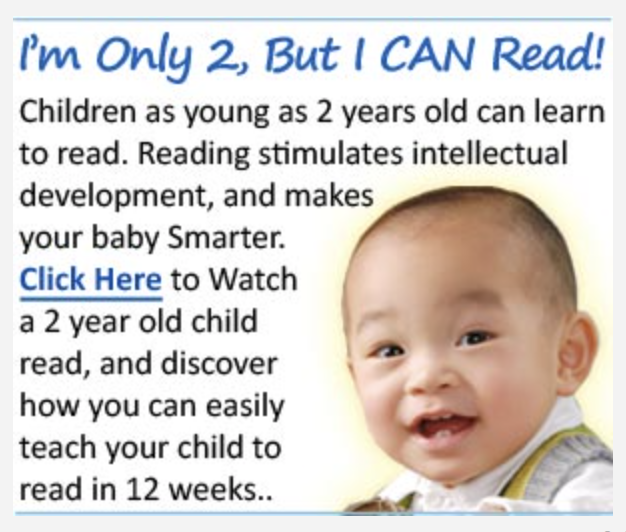 After that, it is allowed to move on to learning words, where a letter is added to the syllable, for example, “bass”, “cat”, “house”, “poppy”, “lacquer”, etc. And having already mastered such material, you can begin to engage in elementary sentences, such as “mother washed Mila”, “Kolya pricks stakes”, etc. As for the letters "y", "b" and "b", it is better to leave them in the end.
After that, it is allowed to move on to learning words, where a letter is added to the syllable, for example, “bass”, “cat”, “house”, “poppy”, “lacquer”, etc. And having already mastered such material, you can begin to engage in elementary sentences, such as “mother washed Mila”, “Kolya pricks stakes”, etc. As for the letters "y", "b" and "b", it is better to leave them in the end.
7
Learn anytime, anywhere
No matter what you and your baby are doing at the moment: walking, shopping, standing at a bus stop or having a snack in a cafe - you can read anywhere and anytime. Almost everywhere there are signs, advertising posters, signs with the names of shops, streets, stops, etc. Use it to your advantage and your child, and let him read everything you show him.
8
Play
Teaching a child to read, as well as any other skill, should take place in a playful way. Come up with your own games where you need to know the sounds, letters and syllables.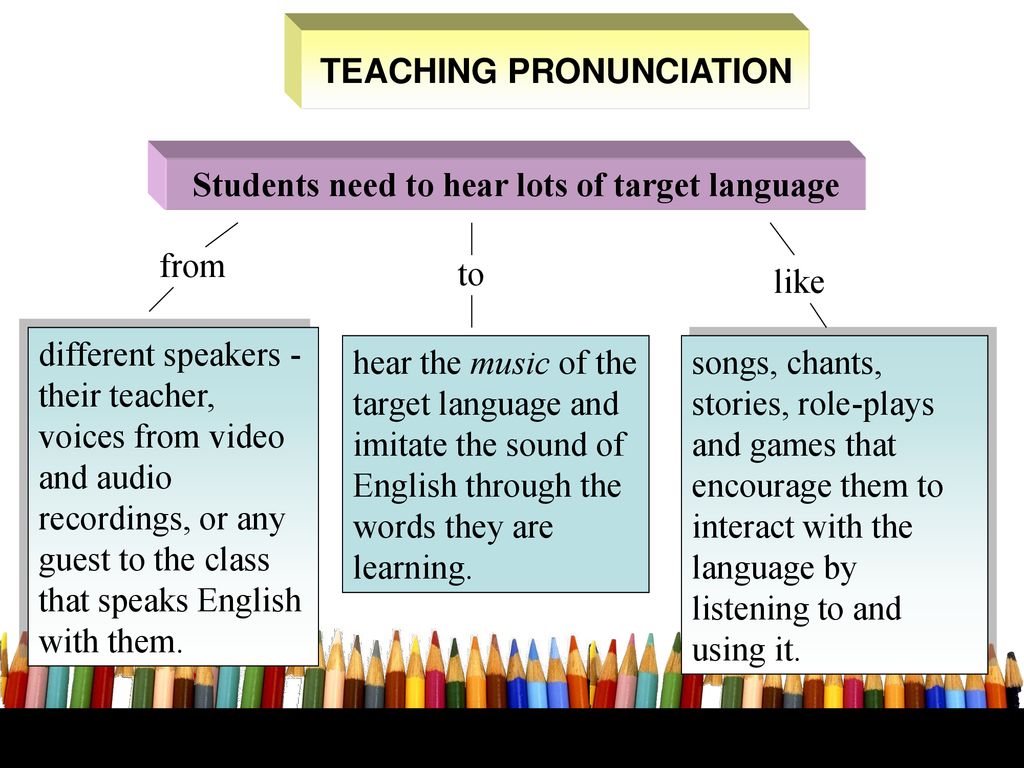 For example, you can ask your child to look for specific letters in words and pronounce them. You can also buy home letters on magnets and make words on a special board or refrigerator. And another game will help develop mindfulness - take letters on magnets or cubes, make a series of letters where all but one are consonants, and let your baby find a vowel.
For example, you can ask your child to look for specific letters in words and pronounce them. You can also buy home letters on magnets and make words on a special board or refrigerator. And another game will help develop mindfulness - take letters on magnets or cubes, make a series of letters where all but one are consonants, and let your baby find a vowel.
9
Arouse interest
To make your child learn to read better and easier, you need to get him interested in it. And for this it is very good to show that reading is necessary for a full life among other people. Therefore, clearly demonstrate to the baby the importance of this skill - show him letters, postcards, notes, tablets, write notes so that he reads them. Over time, the child himself realizes that learning to read is simply necessary.
10
Read aloud
Reading aloud, and even for a while, is considered to be a very effective way of teaching a child to read quickly. But you need to apply it, of course, when the baby has already mastered some skills.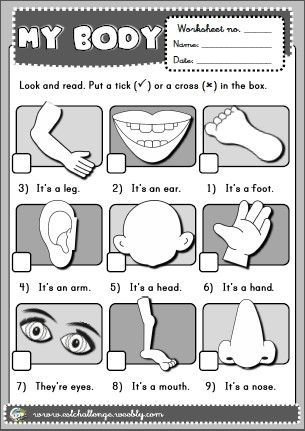 Based on what your child has already learned, make up your tasks and give them to him to complete, marking, for example, a minute. By the way, the so-called “Reader's Diary” will help a lot here, where you will record the progress of your baby. And so that he completes the tasks with enthusiasm, after every hundred words you read, give him some nice little thing.
Based on what your child has already learned, make up your tasks and give them to him to complete, marking, for example, a minute. By the way, the so-called “Reader's Diary” will help a lot here, where you will record the progress of your baby. And so that he completes the tasks with enthusiasm, after every hundred words you read, give him some nice little thing.
11
Reading with a bookmark
Reading with a bookmark is another rule for improving reading skills. You need to use a bookmark here, as usual, with the only difference being that it should not close the bottom line, but the words read. So you will help your baby not get confused in a large number of words and focus on a new word.
12
Regularity of study
We have already talked about repetition, so just add that you need to read regularly and systematically. In other words, you need to pay attention to mastering the reading skill every day, even if it takes only 5-10 minutes.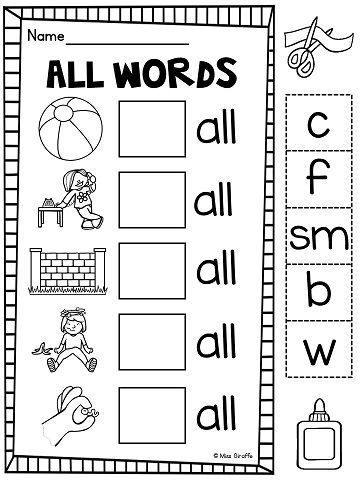 But what is even more important is not to abandon classes, even when it starts to seem that the baby is already reading well.
But what is even more important is not to abandon classes, even when it starts to seem that the baby is already reading well.
To conclude the first lesson, we would like to supplement the above rules with a few more tips that will help you teach your child to read faster and better.
A few extra tips
Your child will learn to read more successfully if you follow this list of tips:
- Be sure to get a primer or alphabet. In the future, this literature will always evoke in the child associations with pleasant learning. It is best if the books are supplemented with drawings
- If you study letters, then start with vowels, because you can sing them using your favorite melodies, and this is useful, fun and interesting. It is very good if the classes are accompanied by modeling from plasticine or coloring pictures. This will teach the baby to identify letters and understand them
- You need to study consonants only after vowels. And do not forget that you first need to explain to the child how the letter in the word is pronounced, and only then - how it sounds on its own
- To increase the effectiveness of learning, it is useful to compose fairy tales about letters so that acquaintance with them is more interesting for the baby.
 For example, once upon a time there was a cheerful letter "U". And one day she climbed a hill, and how she rolled down from it, fervently shouting “Uuh!”. By analogy, make short stories for each letter
For example, once upon a time there was a cheerful letter "U". And one day she climbed a hill, and how she rolled down from it, fervently shouting “Uuh!”. By analogy, make short stories for each letter - In the process of learning, do not neglect creative materials. Remember that a child learns the world through sensory perception, which means that he definitely needs to try and touch everything. Cutting out letters from cardboard, sculpting letters from plasticine, baking cookies in the shape of letters, etc. can come up. An experience like this will forever be imprinted in your child's memory
- Most effective are short sessions of 10-15 minutes several (3 to 5) times a day. Stick to this system, and your kid will not only not get tired, but will also look forward to each lesson
- And, finally, the most important rule in any interaction with a child is benevolence and patience with the baby. Never allow yourself to lose your temper, raise your voice, and even more so insult the little man.
 Otherwise, all activities will be of no use, and even the child’s attitude towards you may not be the best.
Otherwise, all activities will be of no use, and even the child’s attitude towards you may not be the best.
Approach teaching your child to read with love and intelligence, and the first results will not be long in coming. And in the next lesson, we will talk about the most popular methods for teaching children to read today, and also briefly talk about what we based on when creating the presented course.
Lesson 1. The most popular methods of teaching children to read
Almost every one of us today can remember the famous blue primer with which he learned to read. But time passes, and the presented tool loses its relevance, giving way to special methods of teaching children to read. Today, there are many such methods, but we will tell you about the most popular ones, as well as point out their main advantages and disadvantages, if any. Of course, we will say a few words about the primer, as well as introduce the benefits of practical methods for teaching children to read, collected in this course by the 4Brain team.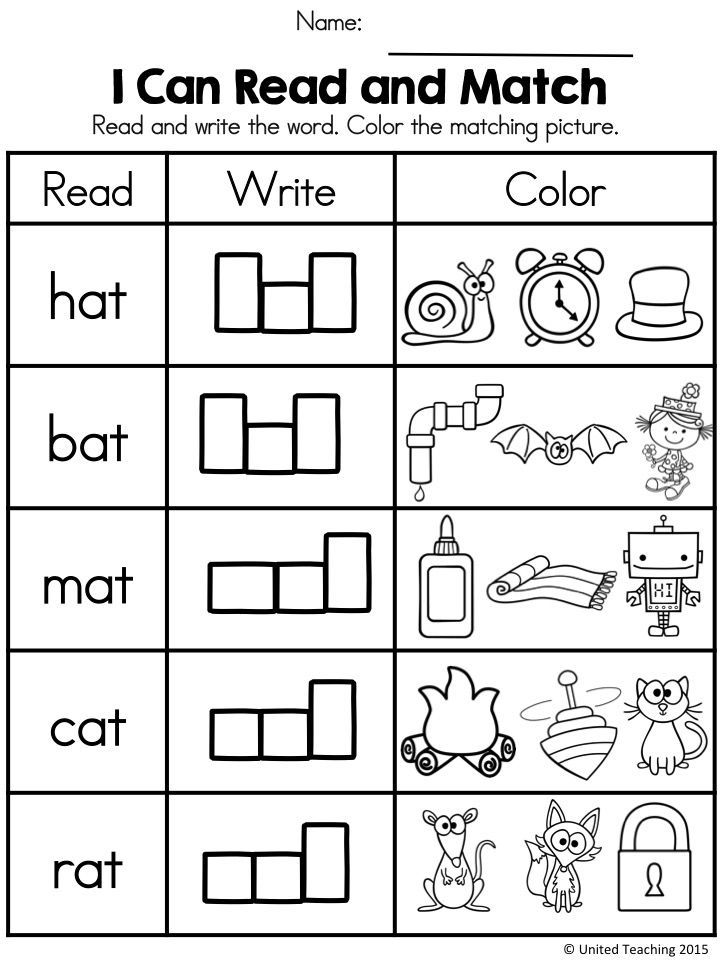 But, as is customary with us, everything is in order.
But, as is customary with us, everything is in order.
To begin with, it will not be superfluous to note once again that it is recommended to teach children to read no earlier than 4-5 years old, but it is not excluded that children begin to master this skill earlier (we talked about indicators of readiness of kids for reading in the first lesson). The author's methods, which we will talk about, are designed for early, i.e. primary education for children.
Lesson 2. The most important points in teaching children to read. An easy way to teach your child to read
In the previous two lessons, we looked at the basics of teaching children to read and got acquainted with the most popular methods on this topic. But the theoretical aspects do not end there, because teaching a child to read is not an easy task. Naturally, we will not load you with theory, otherwise the course will simply be of no use, but nevertheless we will allow ourselves to touch on a few more issues of a similar nature.
If you want to make your child's reading education as effective as possible, you should pay attention to a number of specific nuances, which we will discuss below. We also note that the recommendations we offer have been tested in practice by many parents and have shown their effectiveness on many generations of children. Despite this, they are extremely simple, and it will not be difficult for you to follow them. Plus, this information will help you avoid the most common mistakes. And this means that your baby will very soon distinguish between letters, syllables and words, memorize them and pronounce them correctly.
Lesson 3. Preparing for reading for the little ones. Age features. First books. Methods and recommendations
Remember, just recently you thought about how to help your baby solve his first "baby" difficulties - to master a rattle, teach him to eat, go to the potty. But time flies, and now it's time for the baby to master the first skills that will be useful to him in adulthood.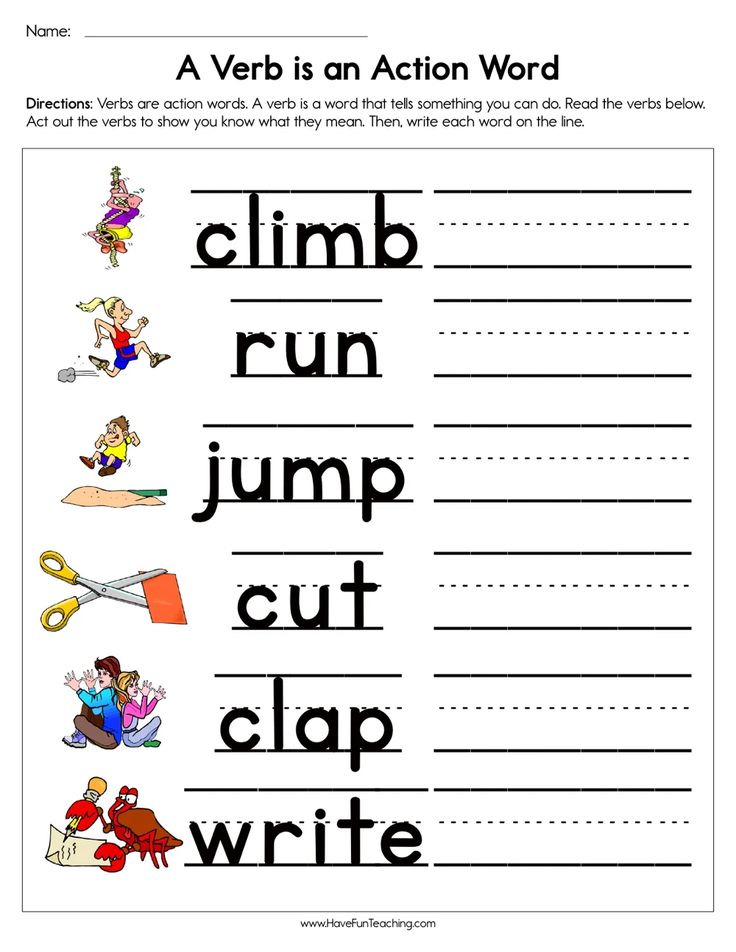 And one of them is reading. Preparation for the process of learning to read is very important, because. only with a competent integrated approach, success in this difficult, but very interesting business will be guaranteed.
And one of them is reading. Preparation for the process of learning to read is very important, because. only with a competent integrated approach, success in this difficult, but very interesting business will be guaranteed.
To begin with, let's once again touch on the age characteristics, namely: consider what is special in the period from 3 to 7 years with a child, because the methods that need to be used for learning and the subtleties of preparation depend on this.
Lesson 4. Learning the alphabet
One of the foundations of reading at all times was the knowledge of the alphabet. As it should be assumed, there are many methods for studying the variety of letters in the Russian language, but not all of them are effective. In addition, when teaching a child, it is always necessary to focus on the psychological and physiological characteristics. Of particular importance in the development of the alphabet is the age aspect.
We have already mentioned that in 99% of cases the characteristics of babies are such that it is quite difficult for them to concentrate.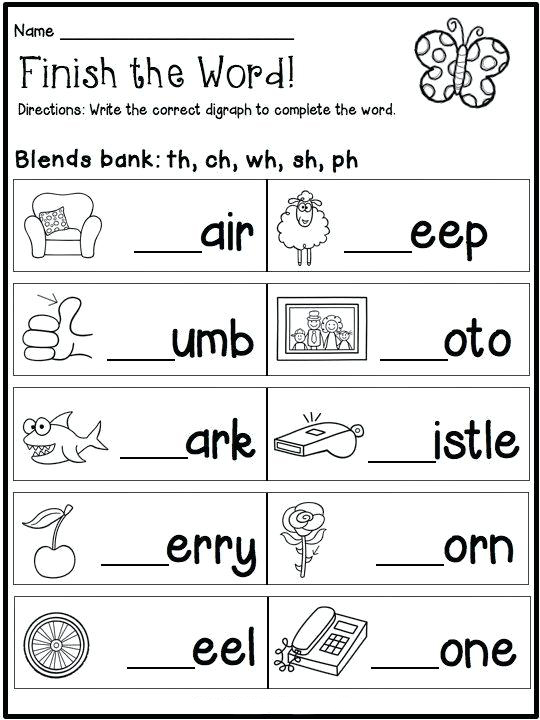 For this reason, it makes no sense to purposefully study the alphabet at the age of 1-2 years (meaning just such a study that will come in handy in the future, but of course you can prepare for reading), and teachers advise starting this from the age of three. Although always and everywhere one should rely on the individual characteristics of a particular child, and not try to find any age limits. Next, we will talk about learning the alphabet for children of different ages.
For this reason, it makes no sense to purposefully study the alphabet at the age of 1-2 years (meaning just such a study that will come in handy in the future, but of course you can prepare for reading), and teachers advise starting this from the age of three. Although always and everywhere one should rely on the individual characteristics of a particular child, and not try to find any age limits. Next, we will talk about learning the alphabet for children of different ages.
Lesson 5. Reading by syllables
After the child has mastered the alphabet, and you are sure that from now on the information about the letters of the Russian language is firmly established in his head, it's time to move on to the study of syllables. This lesson is dedicated to this topic.
Here are practical tips to help you teach your toddler to read by syllables, as well as some homework lessons to improve reading skills and abilities. Let's start with recommendations.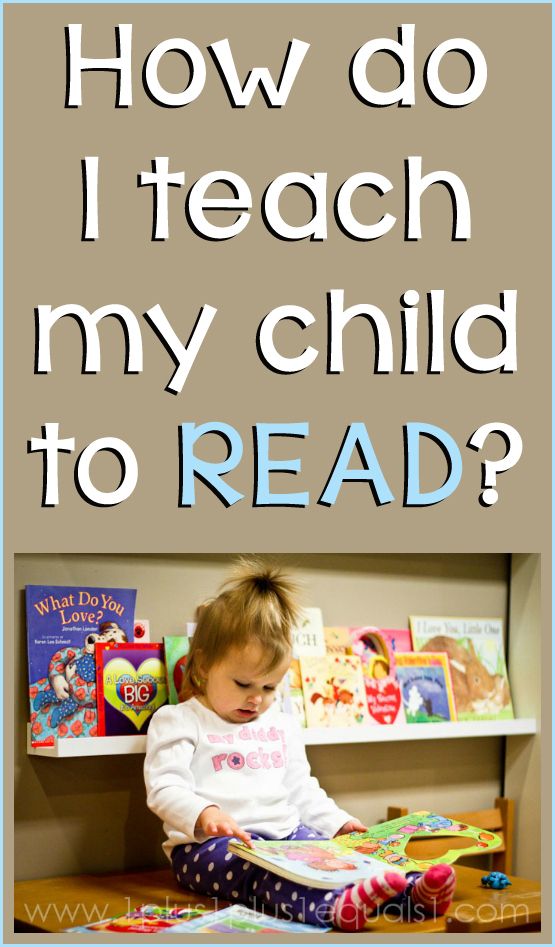
Lesson 6. Reading whole words
After completing the lessons, the child can confidently read the words, but they sound something like this: “ko-te-nok”, “so-ba-ka”, “ig-rush- ka", "ki-no", etc. In other words, the baby reads the words, but reads them syllable by syllable. This is quite normal, but you definitely need to work on it, because. only when the child reads the words and sentences completely and without hesitation can we say that he really learned to read. In addition, at the same time as learning to read words in their entirety, children must learn to understand the meaning of what they read. We will talk about these topics in the presented lesson.
But first, let's clarify a few very important points for ourselves - when a child learns to read words in its entirety, it is necessary:
Lesson 7. Speed reading
The ability to read is one of the most important and necessary skills for a person in life. And this is most clearly expressed when the child begins to go to school. The speed and quality of perception of information, as well as the success of the entire learning process in general, depends on the ability to read. If the child is able to read with difficulty, he will study, write down and assimilate the material very slowly, and this, in turn, will affect academic performance.
And this is most clearly expressed when the child begins to go to school. The speed and quality of perception of information, as well as the success of the entire learning process in general, depends on the ability to read. If the child is able to read with difficulty, he will study, write down and assimilate the material very slowly, and this, in turn, will affect academic performance.
For these and many other similar reasons, every parent who cares about his child and his success in life should not only help him learn to read, but do it as efficiently and competently as possible. In a slightly different way, he is obliged to teach the child to read correctly, meaningfully and quickly. And in our today's lesson, we will present a number of techniques and exercises that will help you achieve this result.
Lesson 8. How to make a child fall in love with reading
Enough has already been said about the meaning of reading and the boundaries it opens.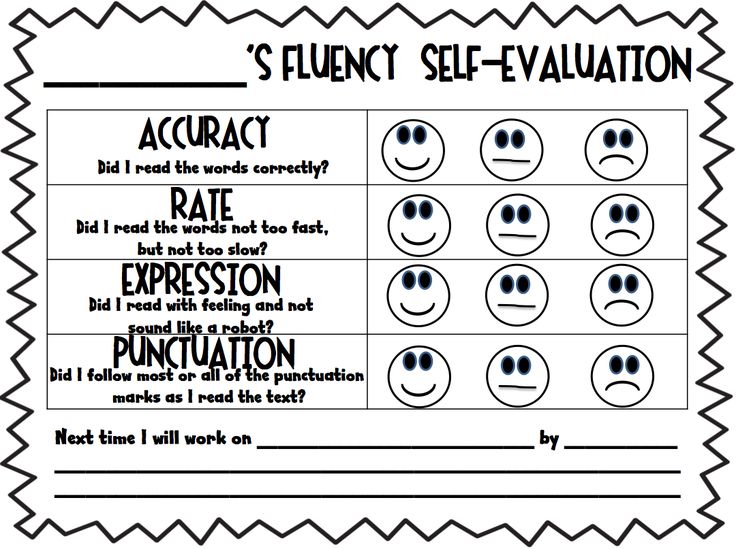 We only recall that people who love to read have a much better chance of success in life. And according to some psychological research, well-read children perform better in school and are significantly more likely to receive a higher education than children who do not like to read.
We only recall that people who love to read have a much better chance of success in life. And according to some psychological research, well-read children perform better in school and are significantly more likely to receive a higher education than children who do not like to read.
But how can a child be able to read and love this activity? How do you get him to pick up a book and spend time with it instead of spending countless hours on social media or playing games on his tablet?
Lesson 9. Teaching children to read in foreign languages
Teaching a child to read Russian is one thing. This, of course, is necessary; without it, as they say, nowhere. But at present, more and more often there is a need for a person to also know a foreign language, and, of course, this implies the ability to read in this language.
In the final lesson, we will look at the basics of teaching children to read in foreign languages, and as an example, as you might guess, we use English.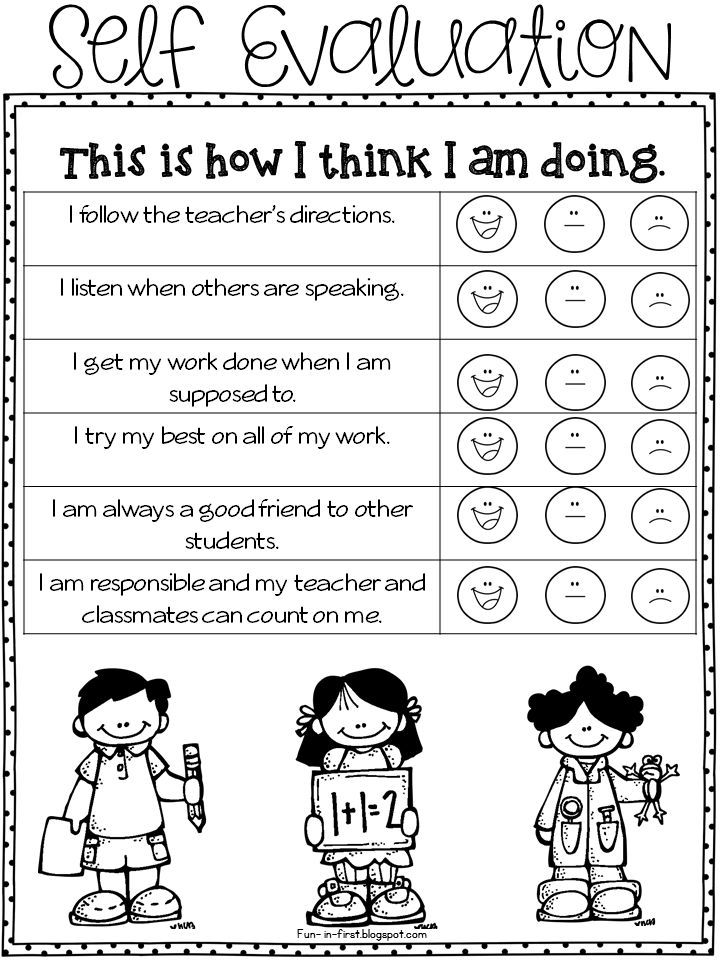 First, it is an international language, i.e. it can be useful in life to any person, and secondly, its relevance is due to the widespread use of computer technology. That is why, by the way, today it is increasingly being taught in schools from the first grade.
First, it is an international language, i.e. it can be useful in life to any person, and secondly, its relevance is due to the widespread use of computer technology. That is why, by the way, today it is increasingly being taught in schools from the first grade.
And before moving on to the main part of the course, let's think a little about why being able to read and teaching your children to read is so important.
Reading quotes from famous people
To conclude this introductory lesson, here are some inspiring quotes from famous people about reading:
Reading is the best teaching!
Alexander Sergeevich Pushkin
Reading is to the mind what exercise is to the body.
Joseph Addison
People stop thinking when they stop reading.
Denis Diderot
Reading is an idle creative labor.
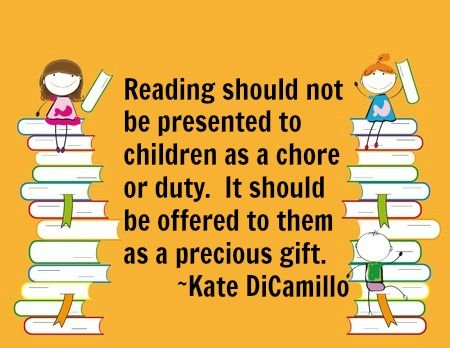
Maurice Blanchot
Reading is talking with wise men, action is meeting fools.
Francis Bacon
If the crowns of all the kingdoms of the world were placed at my feet in exchange for my books and my love of reading, I would reject them all.
François Fénelon
To love reading is to exchange hours of boredom, inevitable in life, for hours of great pleasure.
Charles Louis Montesquieu
The mind is strengthened or relaxed by reading just as much as the body by fresh or spoiled air.
John Ruskin
There is no entertainment cheaper than reading books and there is no pleasure longer.
Marie Montagu
Now feel free to start taking lessons. Good luck!
Kirill
1 Popular methods →
How to easily teach a child 4-6 years old to read - the best methods and exercises there is no ready answer, but we want to immediately warn against two misconceptions:
-
"You don't have to teach your child to read at home, they will teach you at school anyway.
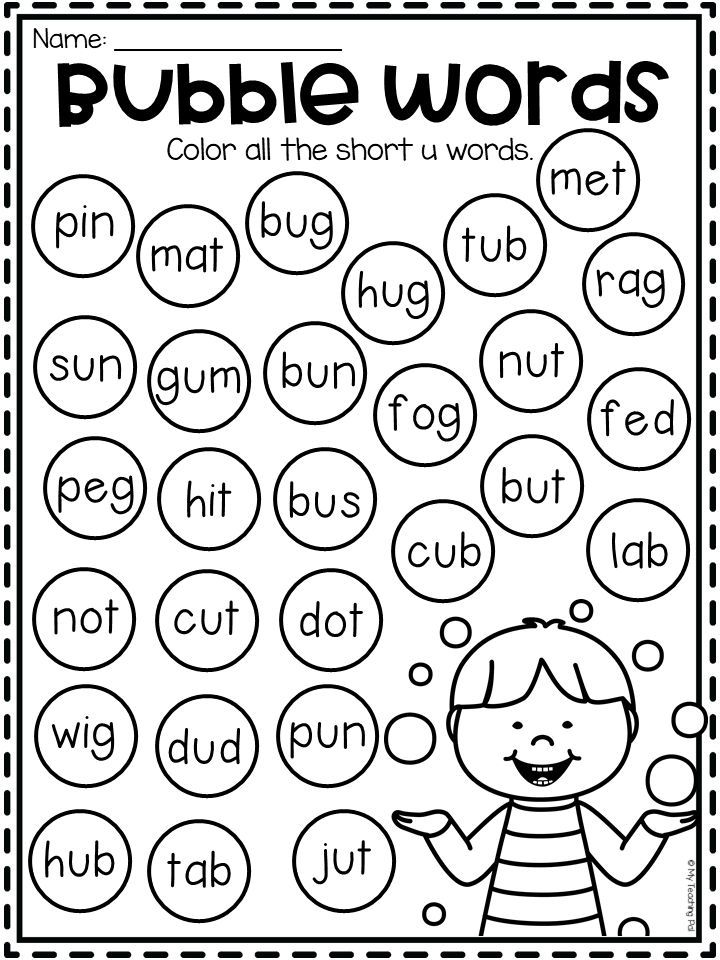 " Yes, they will. But remember: the first year at school is the most intense in all 11 years of study. For some 4-5 months in the 1st grade, the child goes through the alphabet "from" and "to", learns to read, write, and the rest of the time he studies the basics of the Russian language. Therefore, it will be great if he has a reading skill before school. This will reduce the burden on the child.
" Yes, they will. But remember: the first year at school is the most intense in all 11 years of study. For some 4-5 months in the 1st grade, the child goes through the alphabet "from" and "to", learns to read, write, and the rest of the time he studies the basics of the Russian language. Therefore, it will be great if he has a reading skill before school. This will reduce the burden on the child. -
"There is no time to waste - the sooner the baby begins to read, the better." All children are different and develop at their own pace. Therefore, you should not impose teaching reading to a preschooler as soon as he is 4-5 years old, if the student himself does not yet show interest in this activity. Instead, you can begin to develop an interest in reading through bright and engaging books. A good option would also be games that involve letters.
The indicator to be guided by is not the age of a preschooler, but his speech skills.
It's time to learn to read if…
If the speech development of a preschooler proceeds without gross violations. Let's figure out what criteria will help you find out if the child is ready to learn to read:
-
Understanding addressed speech. The kid must understand sentences, phrases, individual words that others around him turn to.
-
Vocabulary. The more words a child knows, the better he will understand what he read. It will also help him communicate with adults and other children.
-
Grammar. The ability to correctly build sentences, select and change words is important for children who are learning to read.
-
Pronunciation.
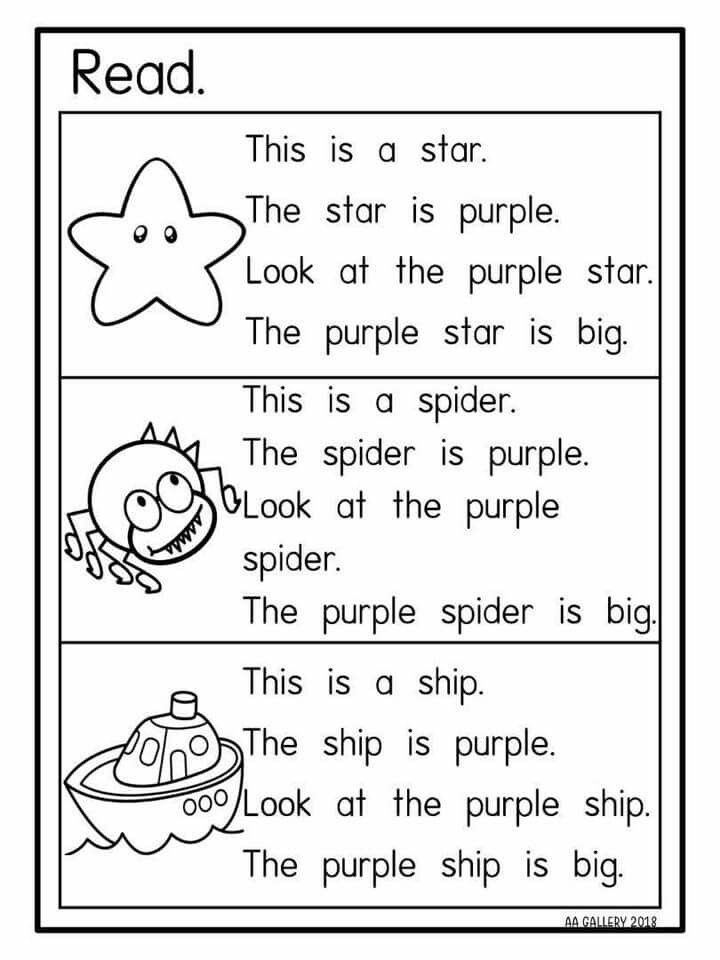 For learning to be effective, the child must know how to pronounce words without gross errors.
For learning to be effective, the child must know how to pronounce words without gross errors.
Remember: at preschool age, a child may have minor flaws in grammar and pronunciation - this is normal. Over time, these violations will be corrected, and they should not be considered an obstacle to reading. But if the baby is not yet very confident in speaking, do not rush him to read - this will not help develop speech, but only demotivate.
Practicing child psychologist Ekaterina Murashova
Free course for modern moms and dads from Ekaterina Murashova. Sign up and participate in the draw 8 lessons
How to make reading easier for preschoolers
-
Praise more and never scold
It's hard for us adults to imagine how difficult it really is for a baby to learn from scratch such a complex skill as reading. After all, being able to read means being able to correlate a sound with a letter or a combination of letters, connect sounds, understand the meanings of the words read and the meaning behind the text.
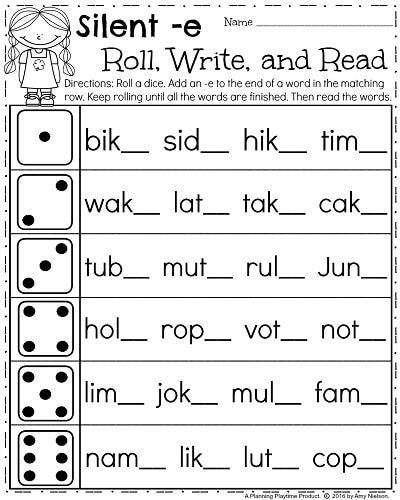
If parents take the child's progress for granted and express dissatisfaction when the child does not understand something, this will not push the future student to development, but will only complicate the process. Therefore, it is important to praise for small victories: I learned the letter that was passed last time - great, I coped without my father's help with the word as much as two syllables - clever.
Do not take failures as a consequence of the negligence of the little student. When a child does not understand the first time, this is an occasion to look for another explanation or give more time to practice. If you feel tired and irritated, you should stop the activity and return to it in a good mood.
-
Exercise little but regularly
Do not expect perseverance and a desire to spend hours figuring out unfamiliar letters from your baby.
 It is difficult for preschoolers to keep their attention in a lesson for more than 25 minutes, and even such small classes should be interrupted with physical education minutes and games so that the child does not get bored. This is exactly how Skysmart prepares for school: 25-minute classes with breaks for outdoor games.
It is difficult for preschoolers to keep their attention in a lesson for more than 25 minutes, and even such small classes should be interrupted with physical education minutes and games so that the child does not get bored. This is exactly how Skysmart prepares for school: 25-minute classes with breaks for outdoor games. But regular practice is important - much more important than the duration of the session. And it doesn’t have to be just lessons: you can look for familiar letters on signs during a walk, on a door plate in a children’s clinic, on a package of your favorite corn flakes.
-
Read books aloud
In a series of studies conducted by Dr. Victoria Purcell-Gates among five-year-olds who could not yet read, children to whom their parents regularly read aloud for two years were found to express thoughts in more literary language, build longer phrases and use more complex syntax.
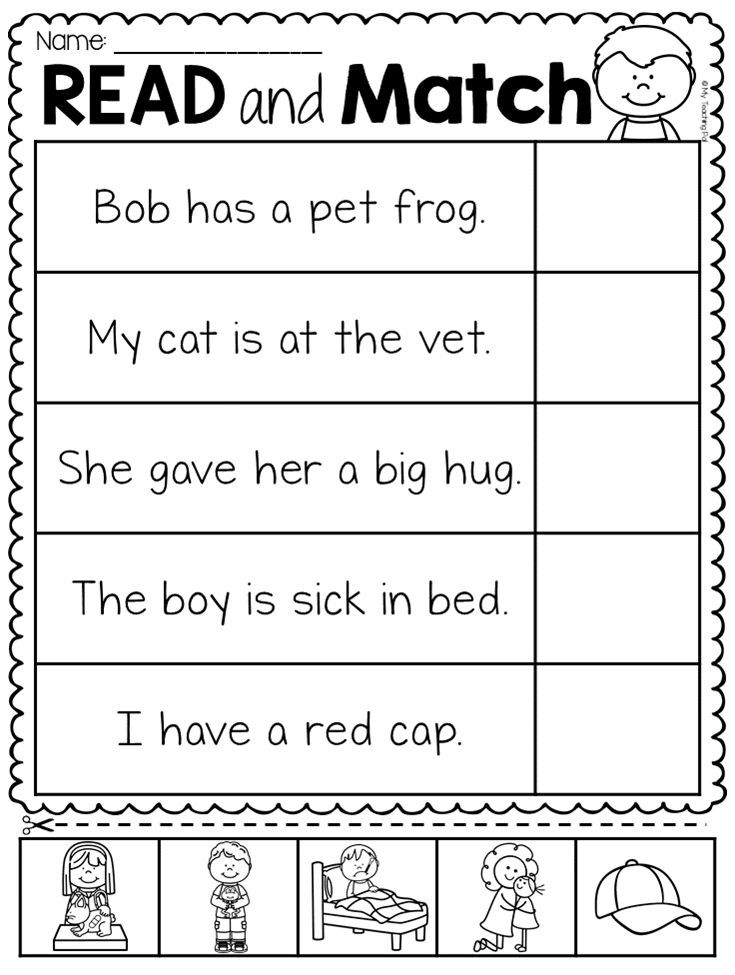
In addition, reading aloud with adults contributed to the expansion of the children's vocabulary, as parents explained the meanings of new words that children did not encounter in everyday life.
Expert Opinion
According to neuroscientist Marianne Wolfe, book evenings with parents help develop a love of reading because the child establishes a connection between reading aloud and feelings of love and warmth.
-
Discuss read
The role of communication in teaching literacy cannot be overestimated. At first, it is important to ask if the future student is interested, if he is tired, what was remembered from the lesson. When a preschooler learns to read coherent texts, be sure to ask questions about their content.
It's great if the child reads on his own and without the prompting of the parents, but even in this case, do not deprive him of the opportunity to discuss what he has read with you.
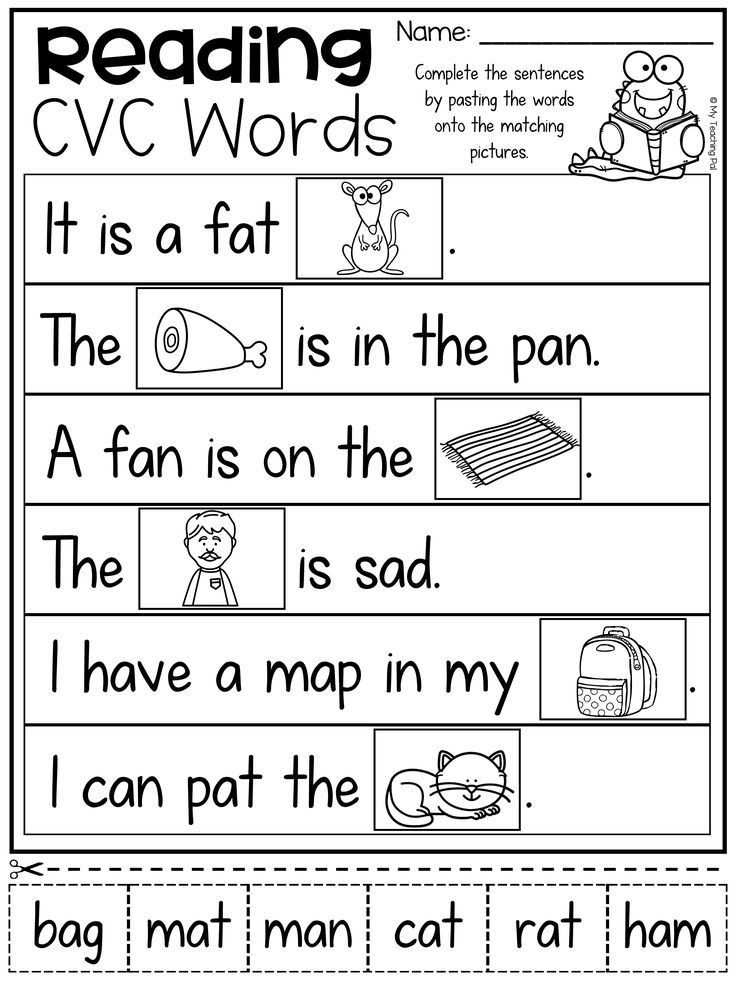 For example, you might ask:
For example, you might ask: -
Which of the characters do you like?
-
Do you think this character is like you? Would you like to be like her?
-
What would you do if you were a hero?
-
Why did the described event happen? How are these two events related?
-
How did what you read make you feel?
-
What do you remember most from what you read?
-
What do you think the author wanted to teach? Why did he write this? Do you agree with the author?
-
-
Go from simple to complex
From the correspondence between sounds and letters to syllables, from short words to longer and more complex words. It would seem that this is obvious, but no: sometimes parents are so happy with the success of the child at first that they push him to study more complex topics than he is ready to accept. Of course, the program should adapt to the future student, but you should not skip steps, even if the child is making progress.
There are methods that offer to teach a child to read by memorizing whole words. Alas, experiments show that such techniques generally work worse. For example, a group of scientists from the United States came up with an artificial alphabet and offered subjects to learn it, and then read the words written using this alphabet.
 At the same time, some subjects were immediately explained the principles of correspondence between sounds and letters, while others had to derive reading rules on their own based on whole words. It turned out that the first group copes with reading new, previously unfamiliar words better than the second.
At the same time, some subjects were immediately explained the principles of correspondence between sounds and letters, while others had to derive reading rules on their own based on whole words. It turned out that the first group copes with reading new, previously unfamiliar words better than the second. Therefore, we advise choosing teaching methods that provide clear instructions about the relationship between sound and letter - and this is especially important for those children who have difficulty reading. Below we have compiled a few of these techniques that you can use to teach your preschooler at home.
It is important to select questions individually, based on the age of the child. With younger children, discuss everything together, ask simple questions, direct their attention to some facts.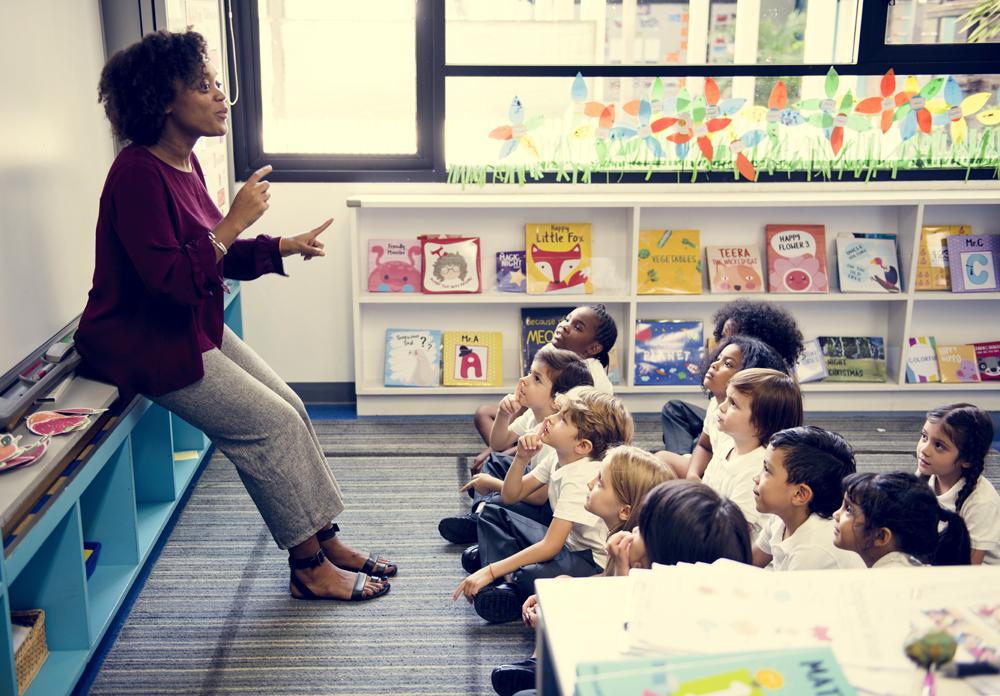 The complexity of the questions should increase in proportion to the age of the child. The older he is, the more difficult the tasks should be, and the questions can already affect the "reflection" of their feelings and experiences.
The complexity of the questions should increase in proportion to the age of the child. The older he is, the more difficult the tasks should be, and the questions can already affect the "reflection" of their feelings and experiences.
Methods of teaching preschoolers to read
Warehouse reading
The way to teach a child to read through warehouses was actually used in Rus', but for modern parents this technique is associated with the name of the philologist Nikolai Alexandrovich Zaitsev.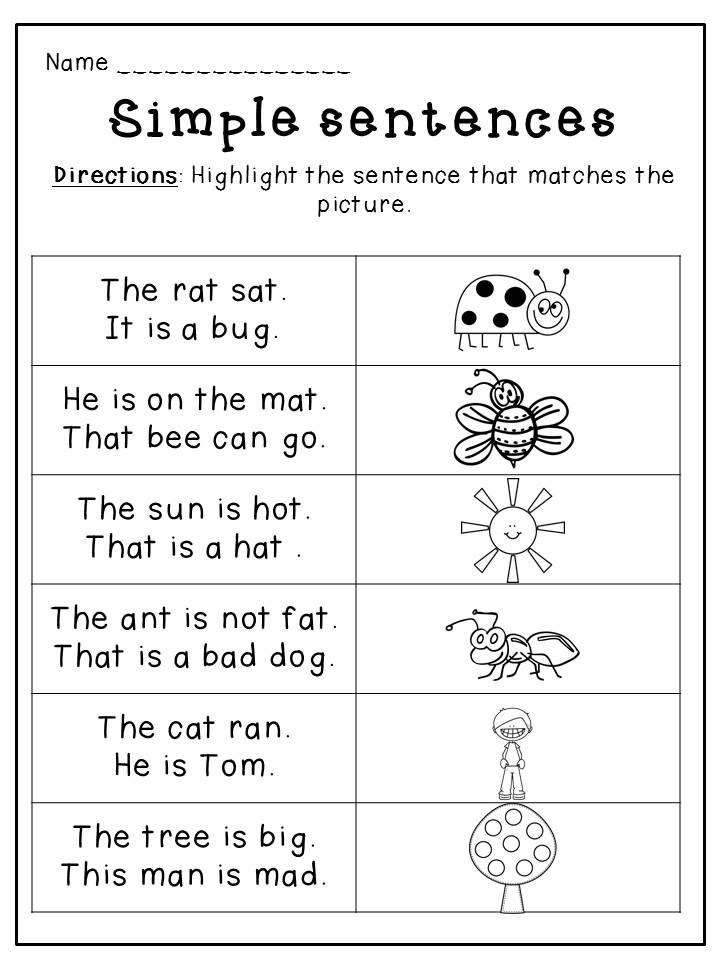
Zaitsev suggests not focusing on the study of individual letters, as it can be difficult for students to understand how letters can merge into syllables and words. Teaching a child to read by syllables is also not always easy: one syllable can be quite long ( shine, ruble ), and the boundaries of syllables are not obvious ( Lun-tik or Lu-ntik ?). Therefore, in Zaitsev's methodology, a warehouse is used as the main unit.
Warehouse can be a combination of a consonant and a vowel (pa-pa, ma-ma), a single consonant or vowel (de- d , i-s -li, A -le-sha), as well as a combination of a consonant with a hard or soft sign (ma- l -chi-k, po- d -yem).
In order for a preschooler to understand the differences between the recording of voiced and soft, vowel and consonant sounds, different types of warehouses have their own cube size, color and content, thanks to which the cubes sound when they are shaken. Cubes affect several channels of perception at once, and warehouses should not just be pronounced, but sung - this way, according to the author of the methodology, learning is more interesting and effective.
Cubes affect several channels of perception at once, and warehouses should not just be pronounced, but sung - this way, according to the author of the methodology, learning is more interesting and effective.
One of the advantages of the technique is that children willingly play with blocks themselves, and the process of learning to read becomes active, mobile.
Syllabic reading
This technique, according to some sources, was developed by the Romans. Later, Nadezhda Sergeevna Zhukova, a Soviet and Russian speech therapist, created a primer based on it. In it, she built her own system in which sounds and letters are sequentially introduced into speech.
Due to the fact that the concept of a syllable is introduced at an early stage, it is faster and easier to teach a child to read syllables together. By the way, as in Zaitsev's technique, it is proposed to sing syllables, and not just pronounce them.
Based on the syllabic method, Zhukova developed a set of teaching aids - copybooks, copybooks and a book for reading. Benefits will help teach children to read correctly 6 and 7 years old at home.
Both techniques for teaching preschoolers to read are used in the Skysmart Ready for School course. The course consists of two stages: first, children get acquainted with letters and warehouses, which allows them to quickly start reading simple words, and then they learn what a syllable is. Gradually, we introduce more complex syllabic constructions, move on to reading phrases and sentences.
Sound analytical-synthetic teaching method
This method originated in the USSR and is still considered the main one in Russian schools and kindergartens. It was developed by the Soviet teacher and Russian language methodologist Voskresenskaya Alexandra Ilyinichna.
Like N.S. Zhukova, Voskresenskaya proposed her own order in which children should learn letters and sounds. The principle of this sequence was that the child first learned the letters that can be combined into simple syllables, and then moved forward in the level of complexity. As a result, children learn syllables in this order:
The principle of this sequence was that the child first learned the letters that can be combined into simple syllables, and then moved forward in the level of complexity. As a result, children learn syllables in this order:
-
Two-letter syllables (including one consonant): am, ma, ra, etc. and simple words from them: ra-ma, ma-sha, Pa-sha, etc.
-
Three-letter syllables with a central vowel: poppy, lat, etc.
-
The combination of the first two stages into words: sa-lat, earth-la, etc.
-
Words of three syllables and six letters: az-bu-ka, ve-se-lo, etc.
-
Words of two syllables and six letters: question-ros, tea-nick, etc.
-
Words with a combination of vowels at the beginning and at the end of the word: chair, March, etc.

In this way, children simultaneously prepare for more complex syllables at each stage and reinforce what they have learned earlier.
Free English lessons with a native speaker
Practice 15 minutes a day. Learn English grammar and vocabulary. Make language a part of life.
Exercises for learning to read
Learning to read, as a rule, takes place in several stages. First, the child listens to the sound, visually remembers the letters. Different games will help with this, where you need to look for letters, invent words, etc. When this stage is over, you can move on to syllables and games to work them out. And only after that it will be possible to proceed to words, and then to sentences and texts.
Letter memory exercises
The first step is to teach your child to recognize letters. To do this, you can use pictures with hidden letters. We use such exercises in the preparation for school lessons in Skysmart.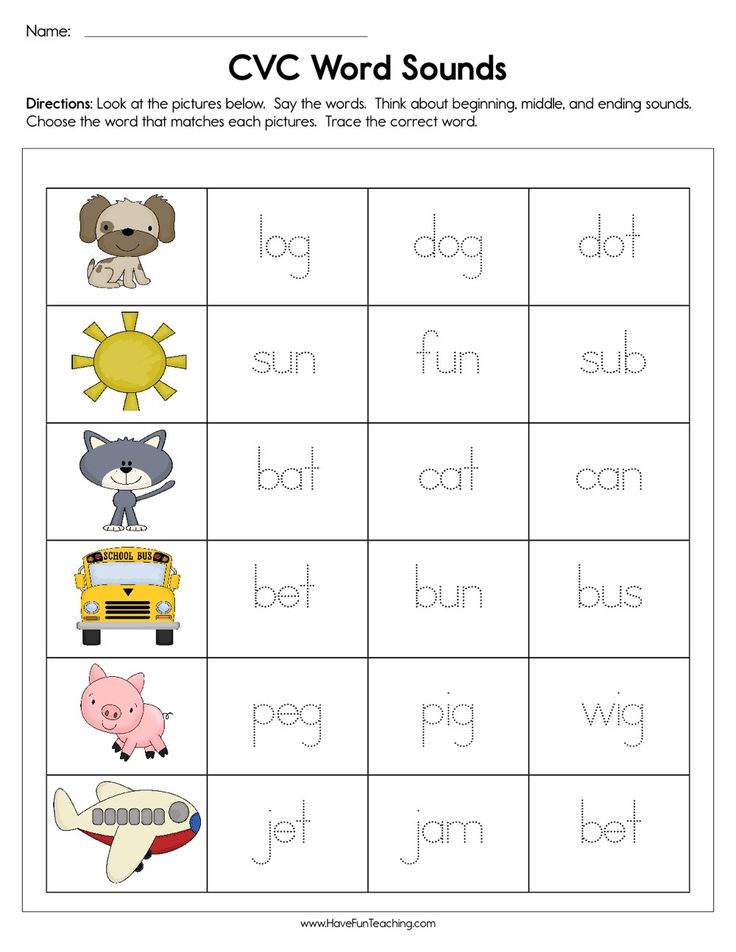
Ask your child to identify what letter a word begins with, or name as many words as possible that begin with a certain letter.
Next, we train to distinguish correctly written letters from incorrect ones. This is also important for learning to write: preschoolers often mirror letters or distort individual elements.
Exercises for vowels and consonants
To learn how to distinguish between vowels and consonants, tasks will help you determine the sound with which a word begins.
It will also help to remember the difference between vowels and consonants and search for an extra letter.
Word building exercises
When your child can read short words, ask him to make a word out of letters on his own.
Composing words from syllables is convenient if you have cubes at hand, but you can also try on paper.

